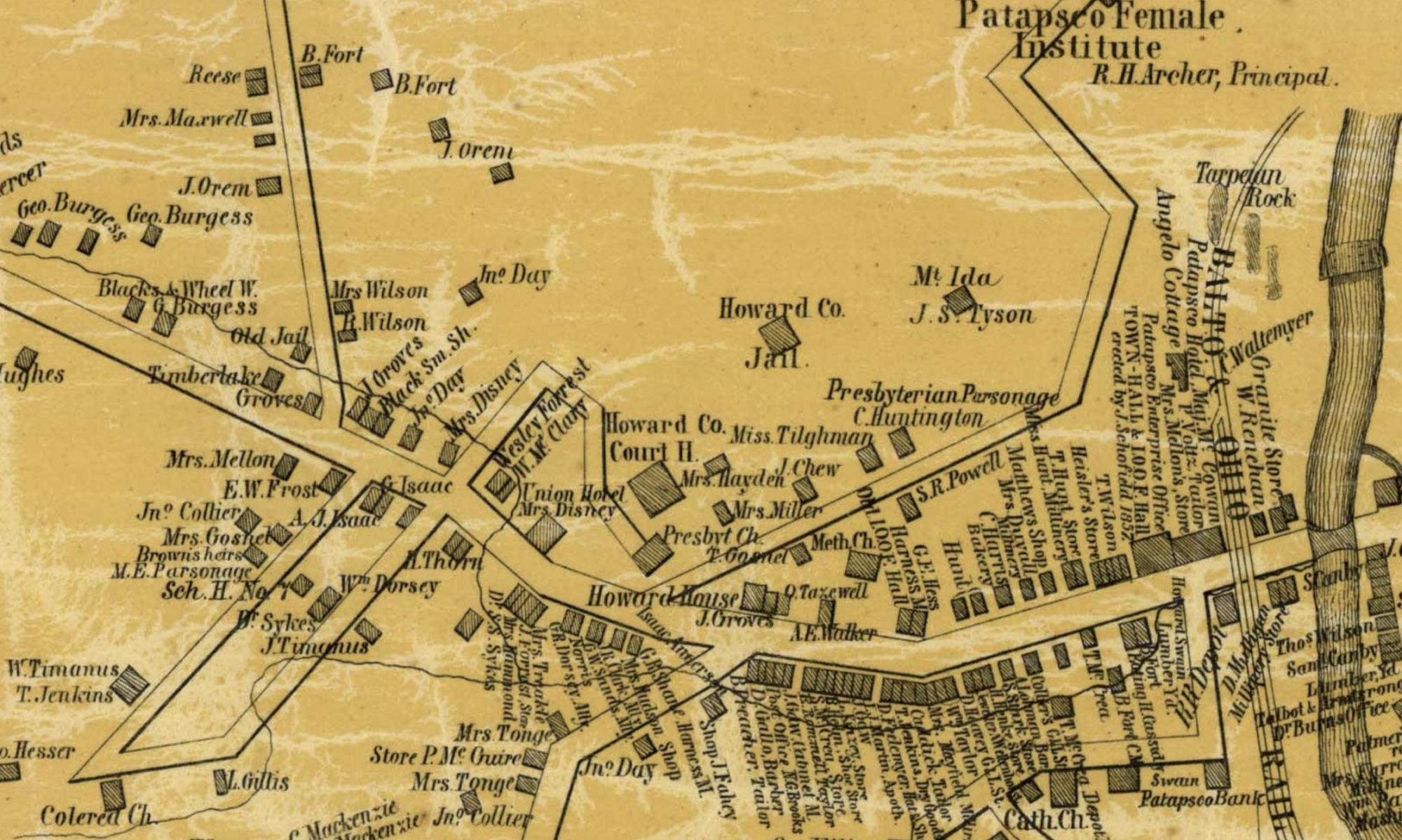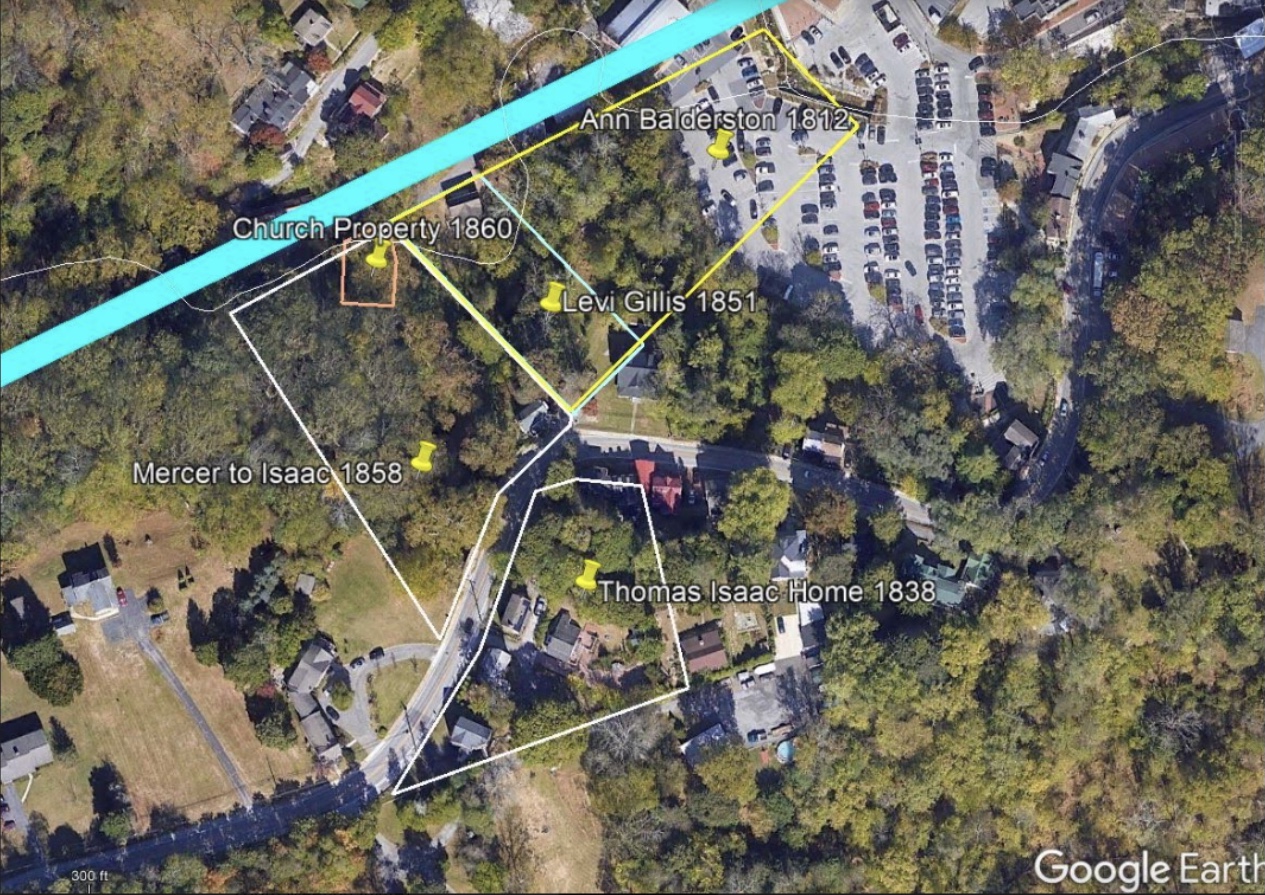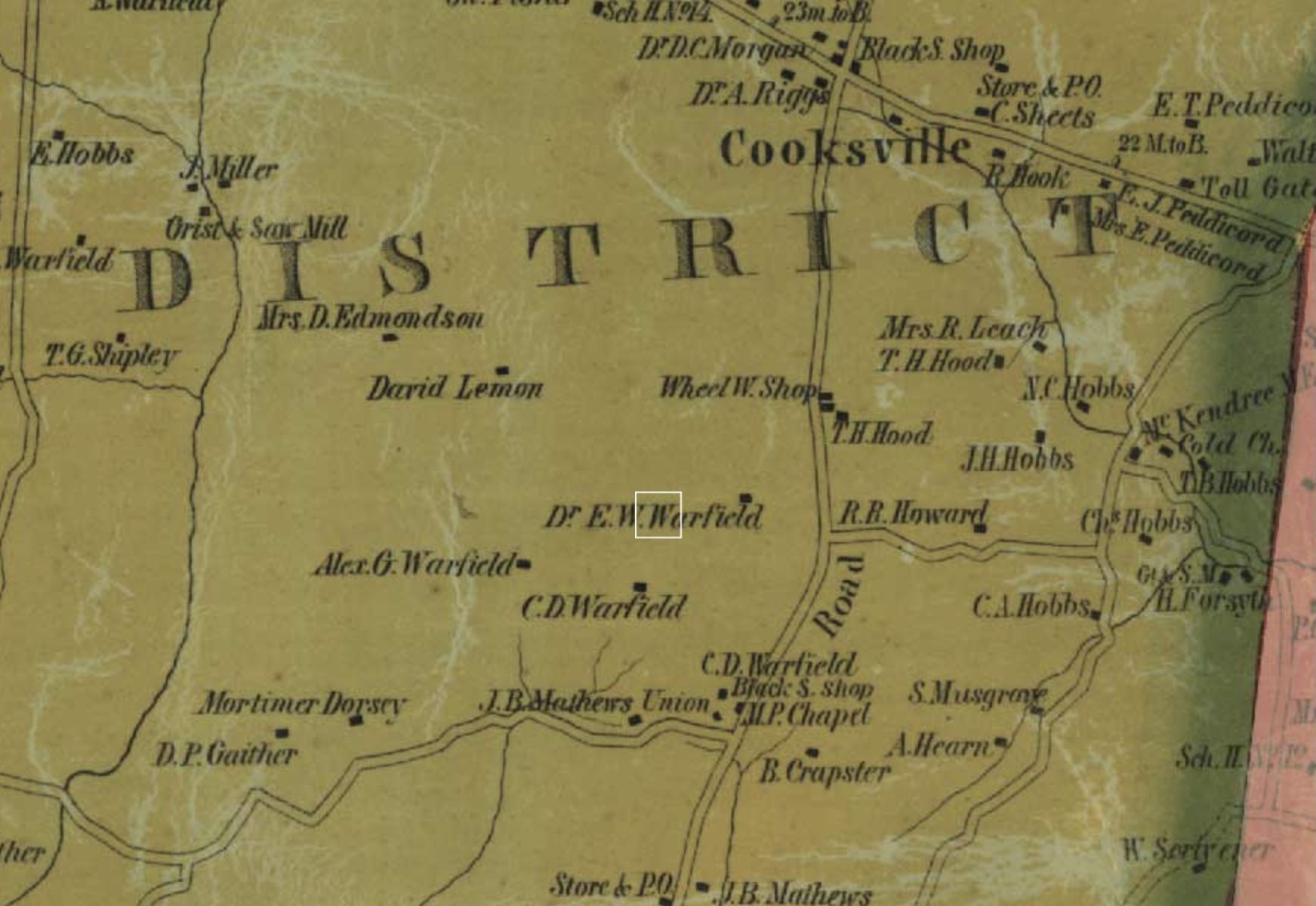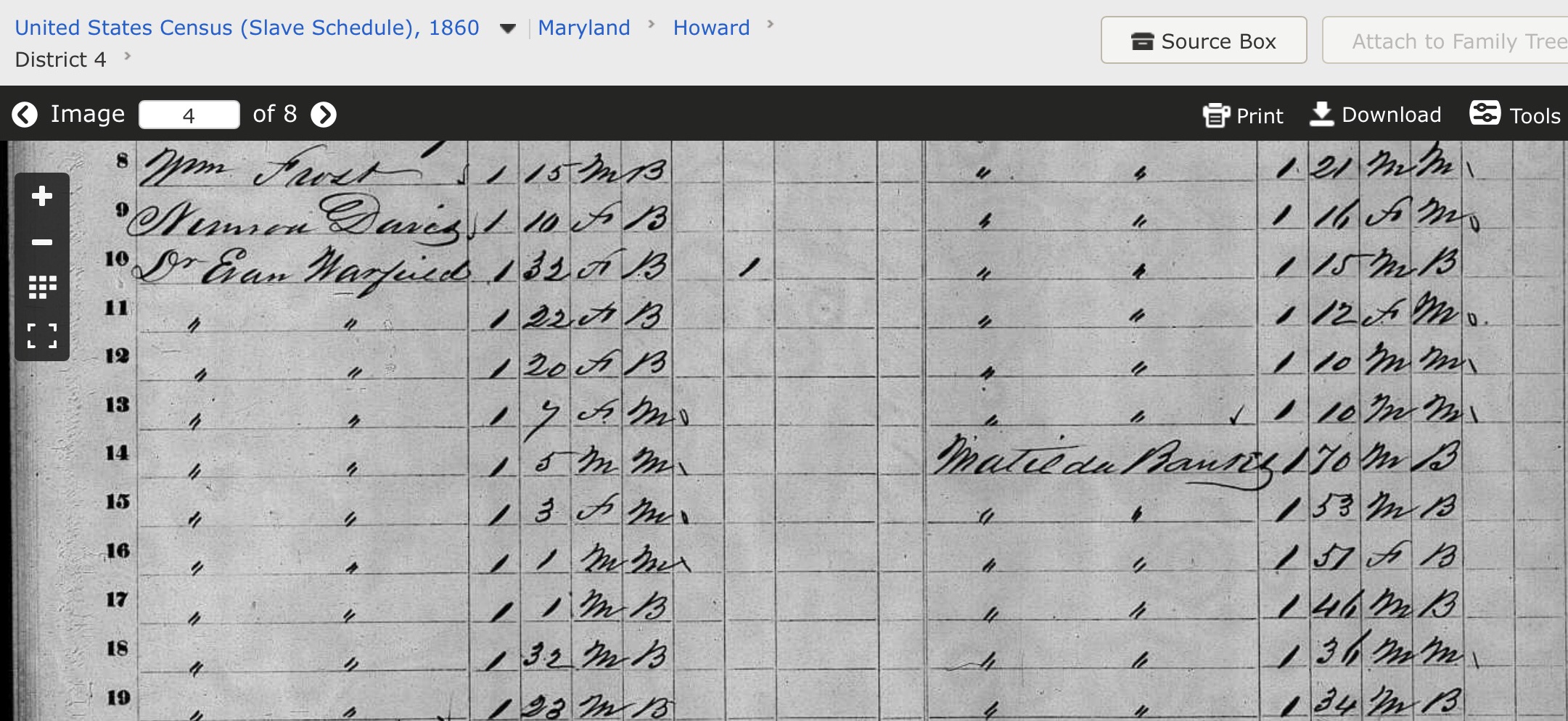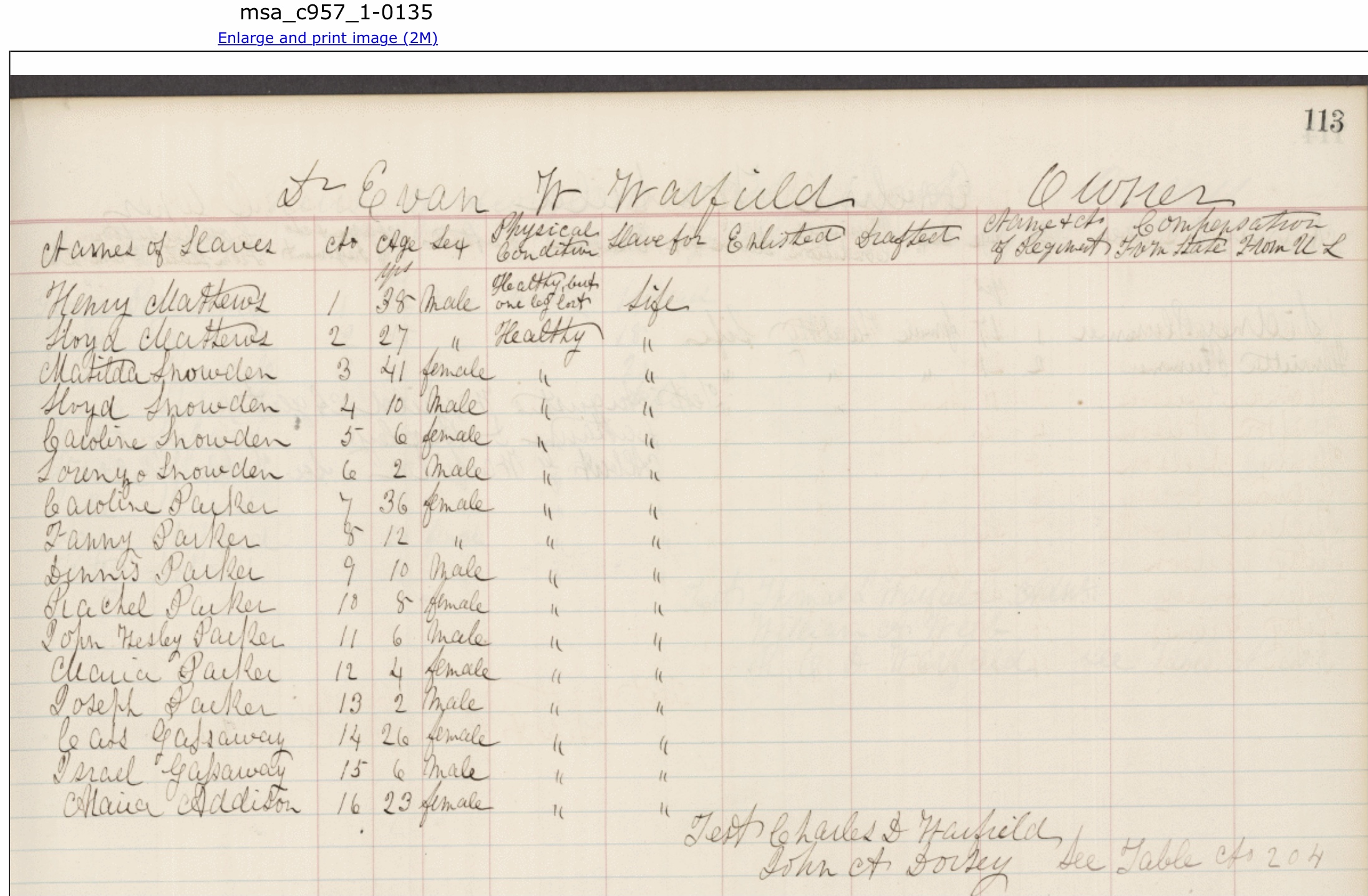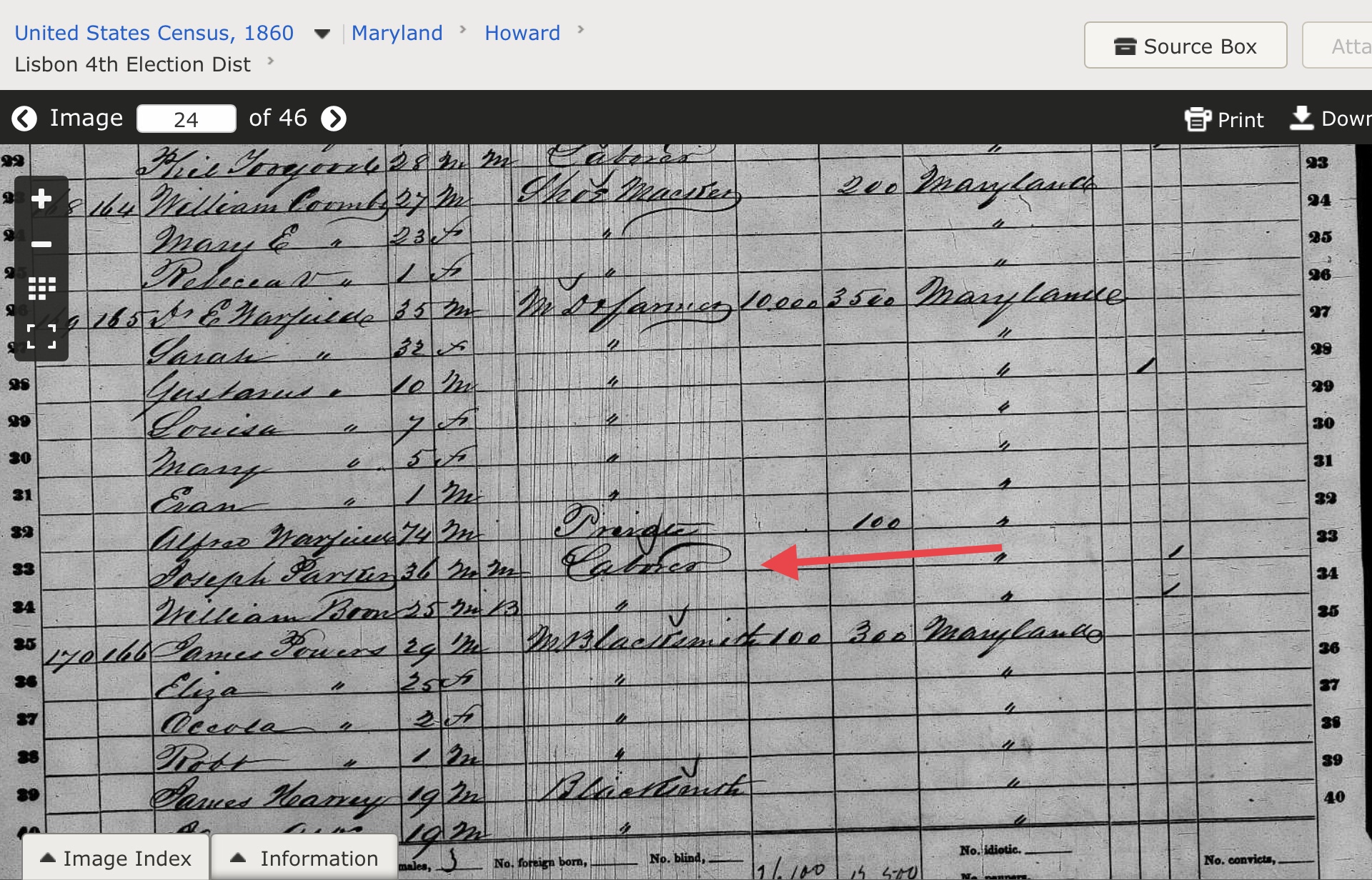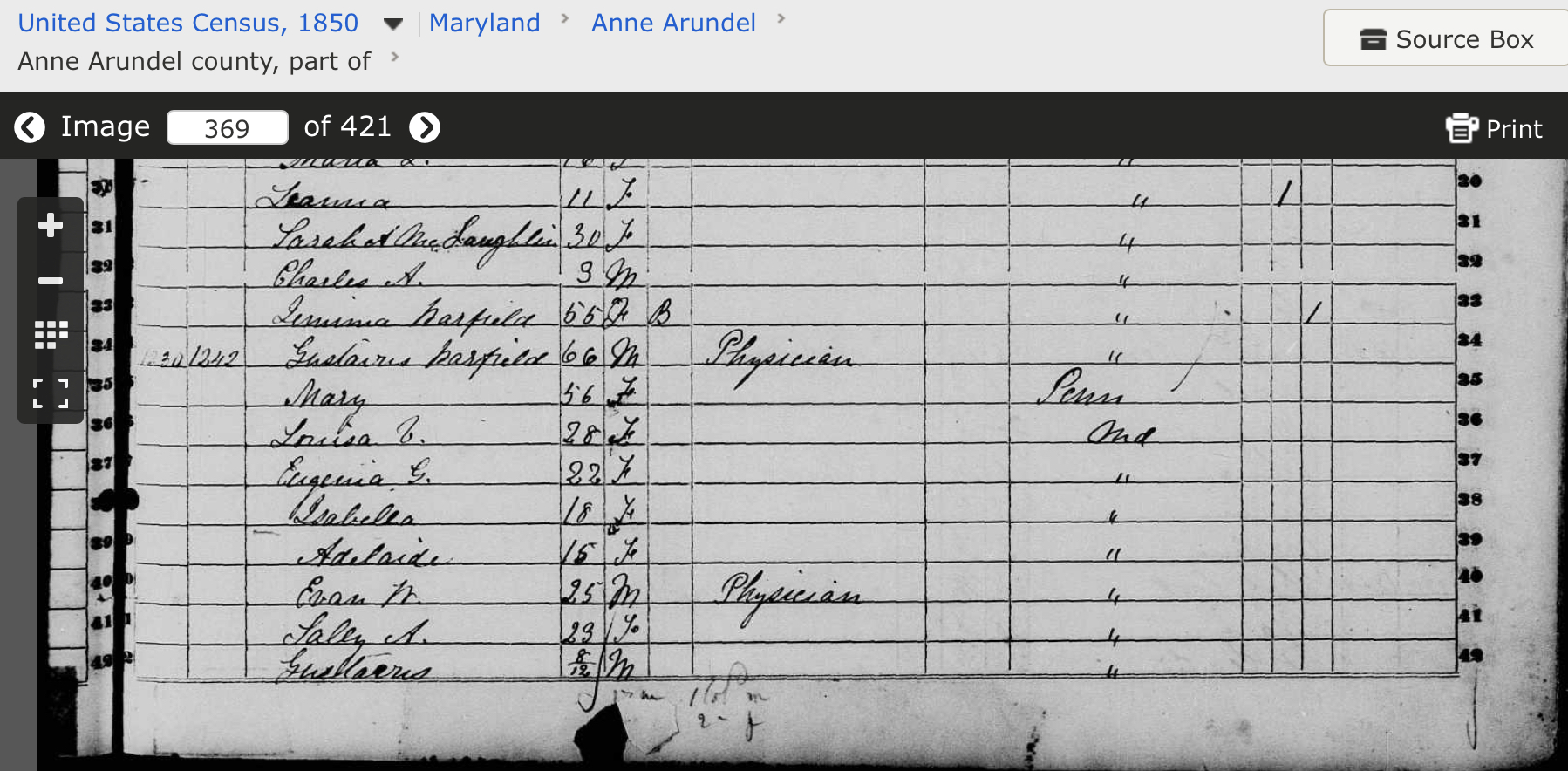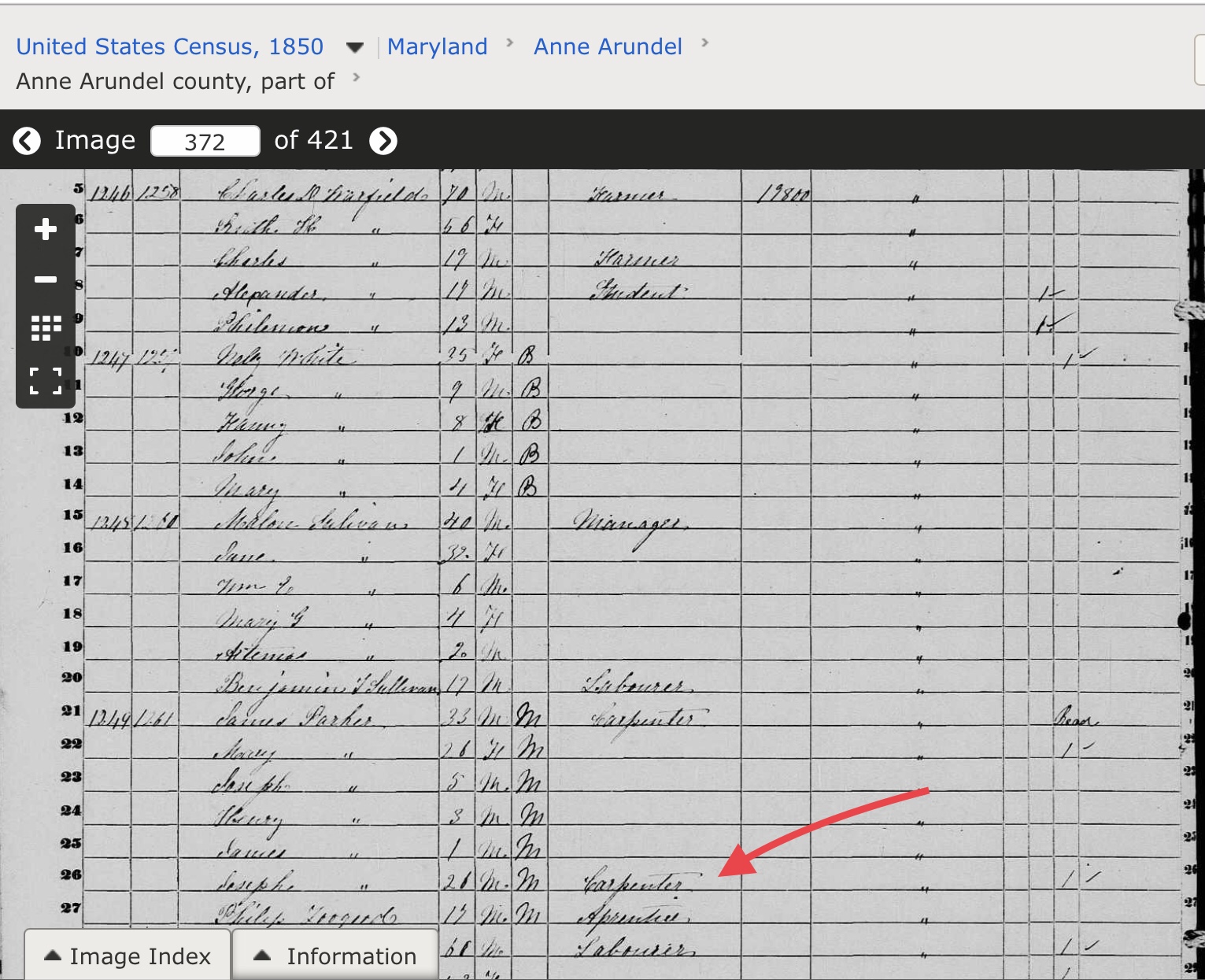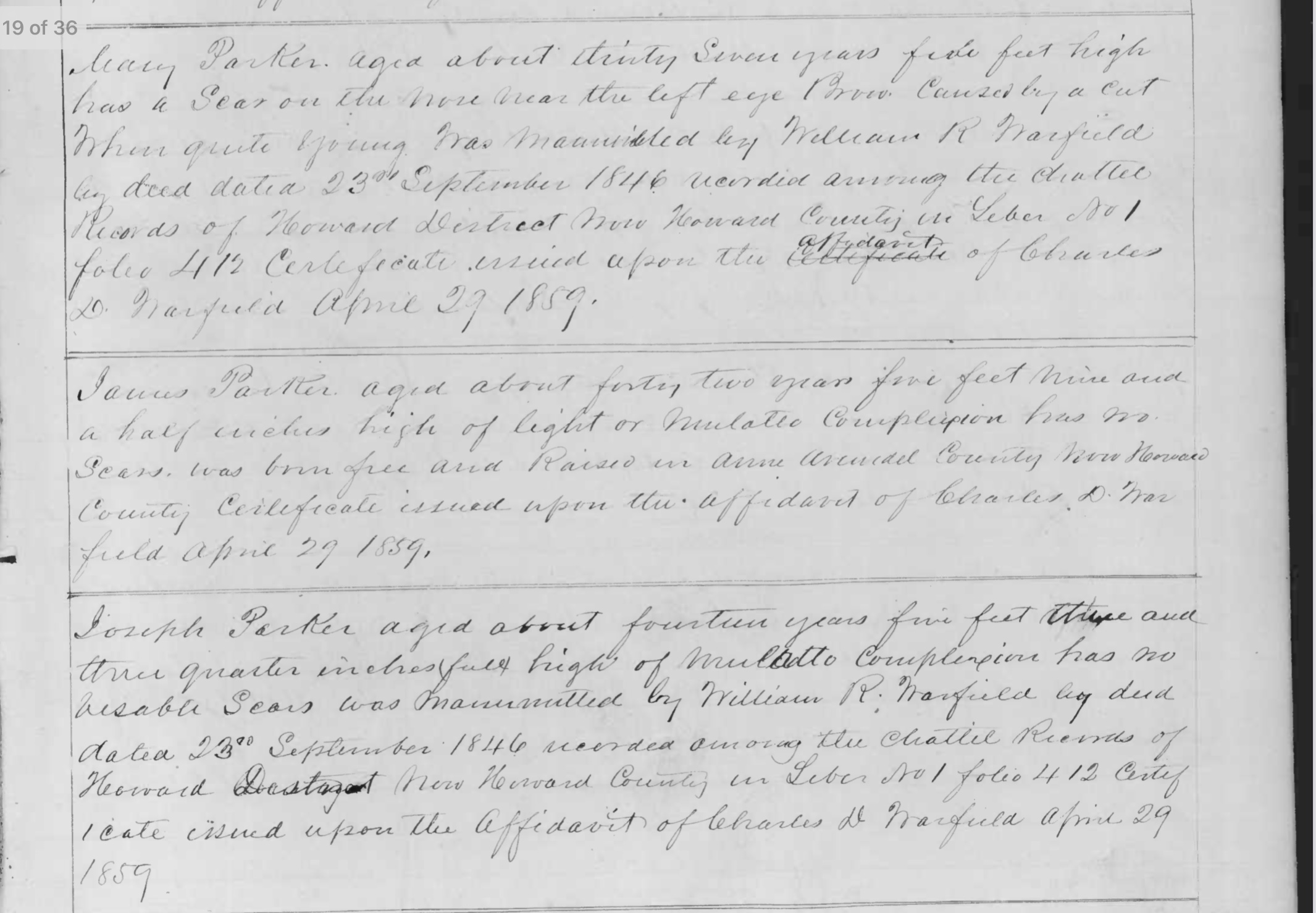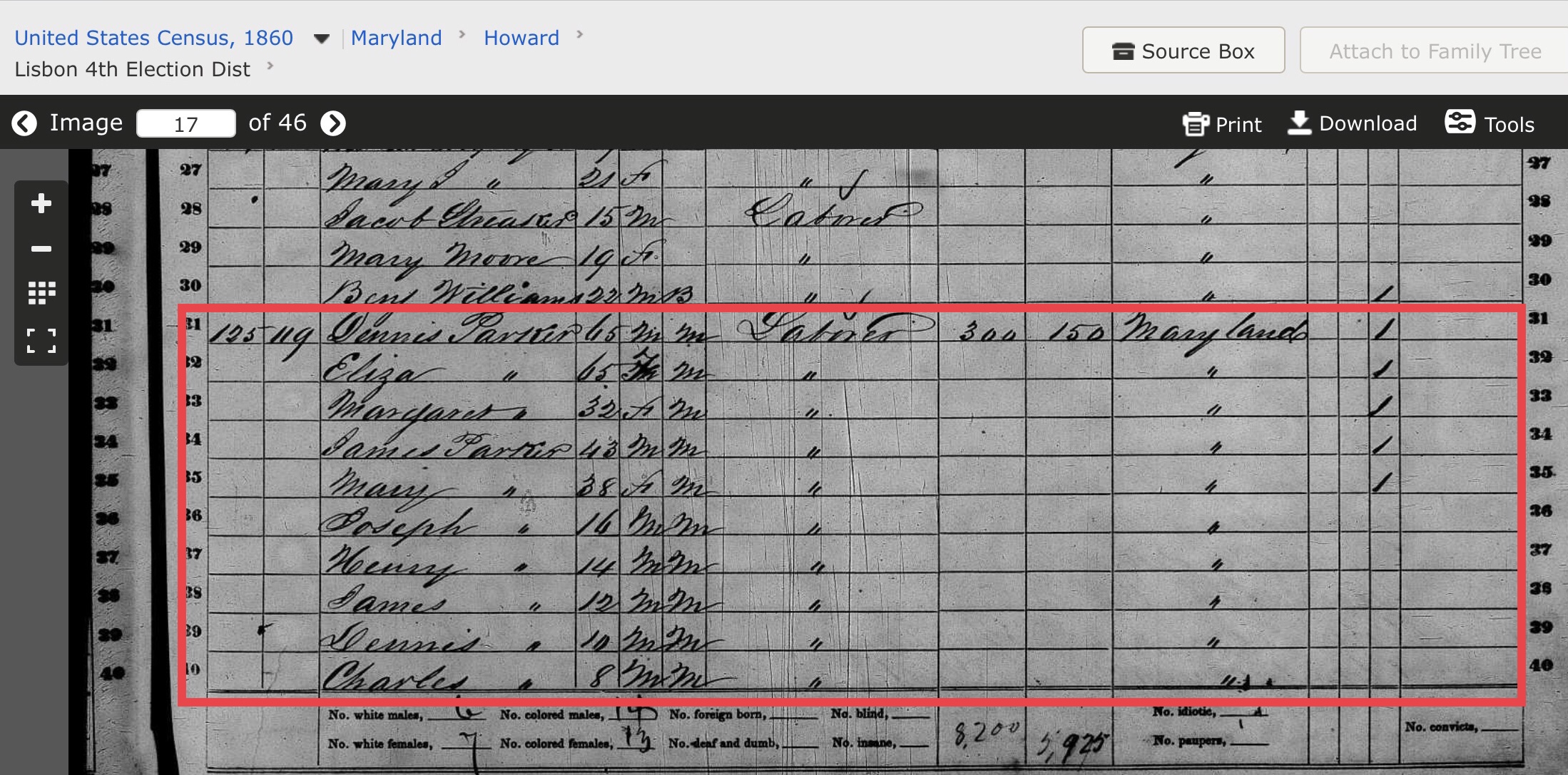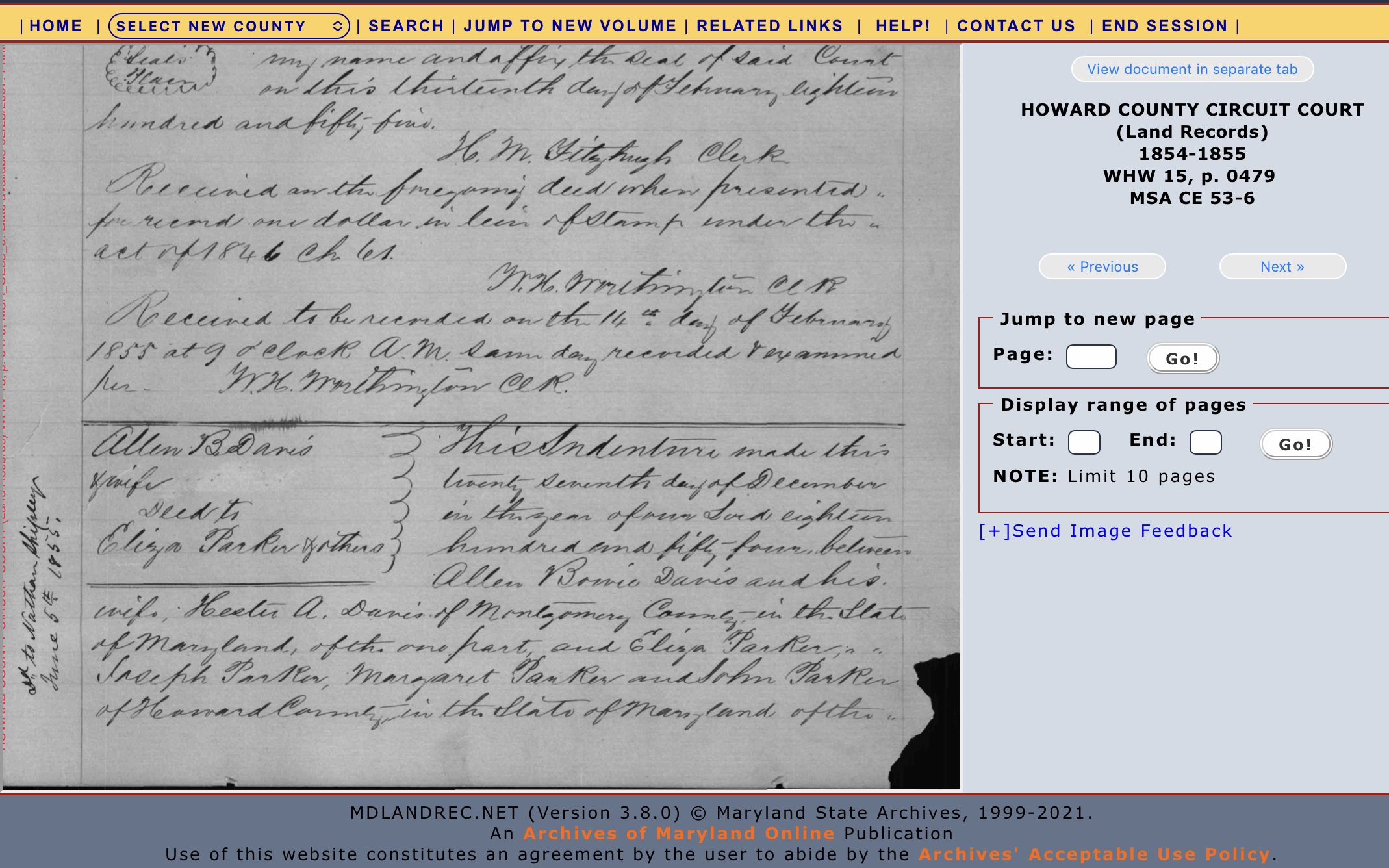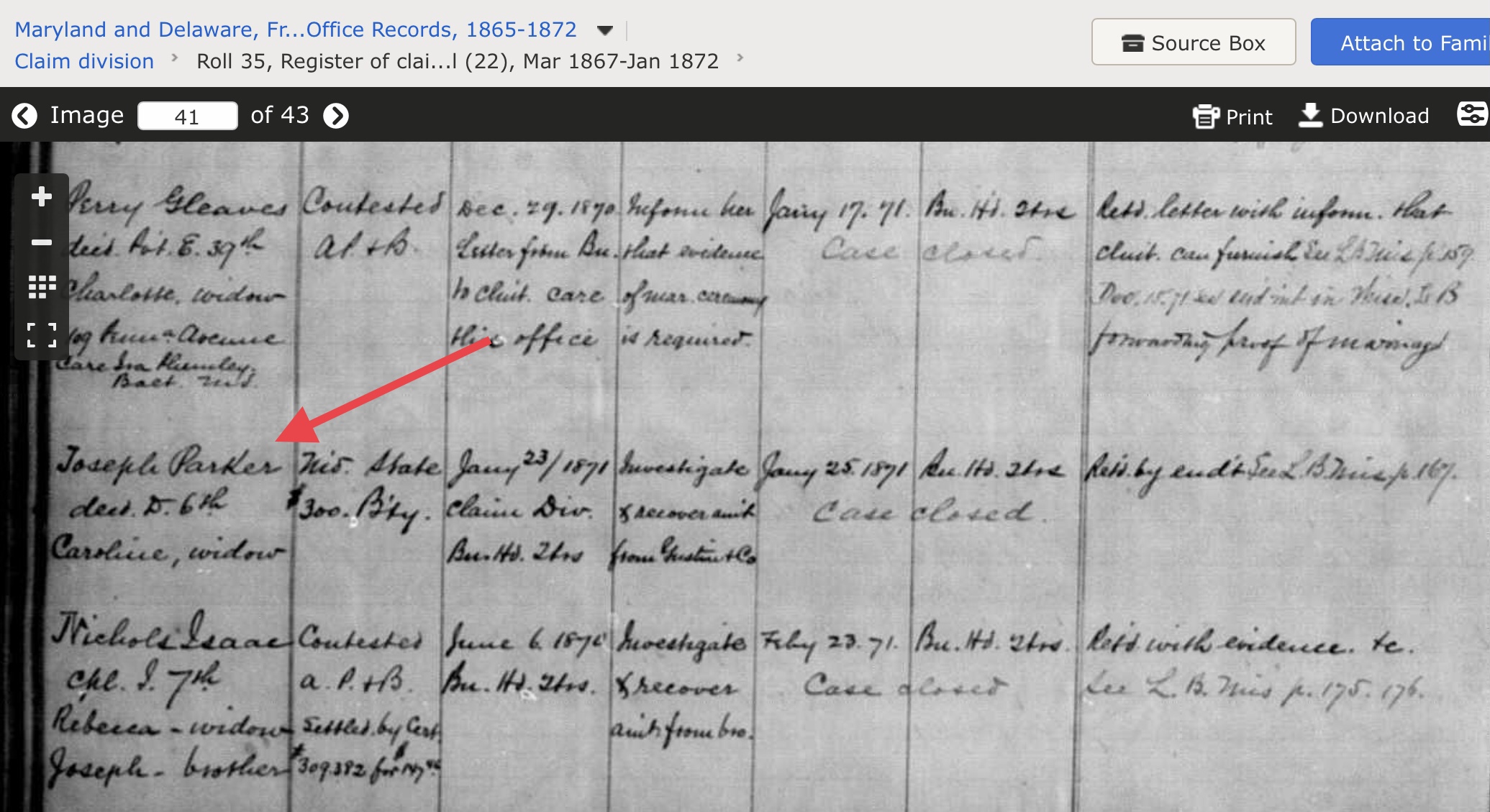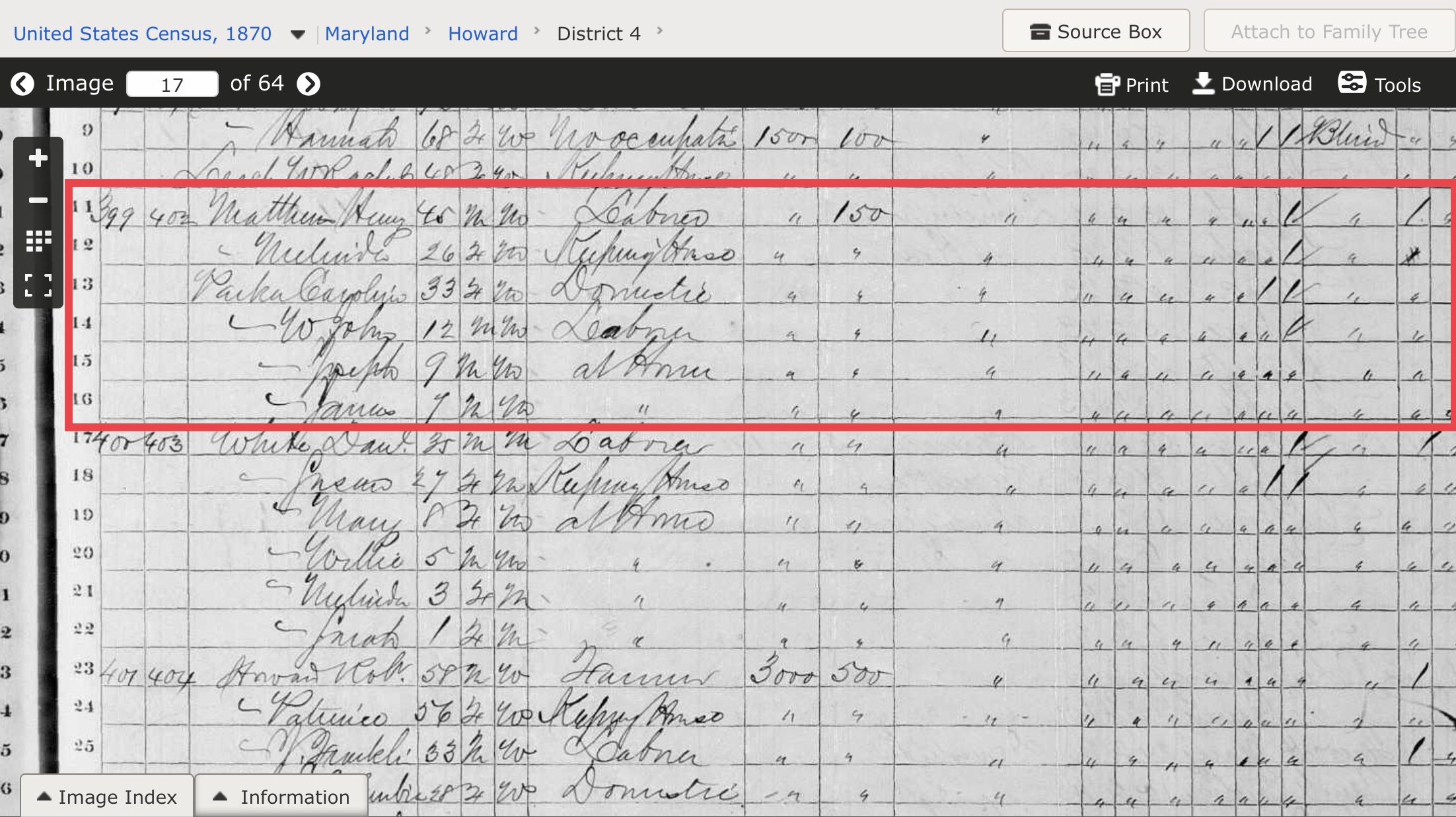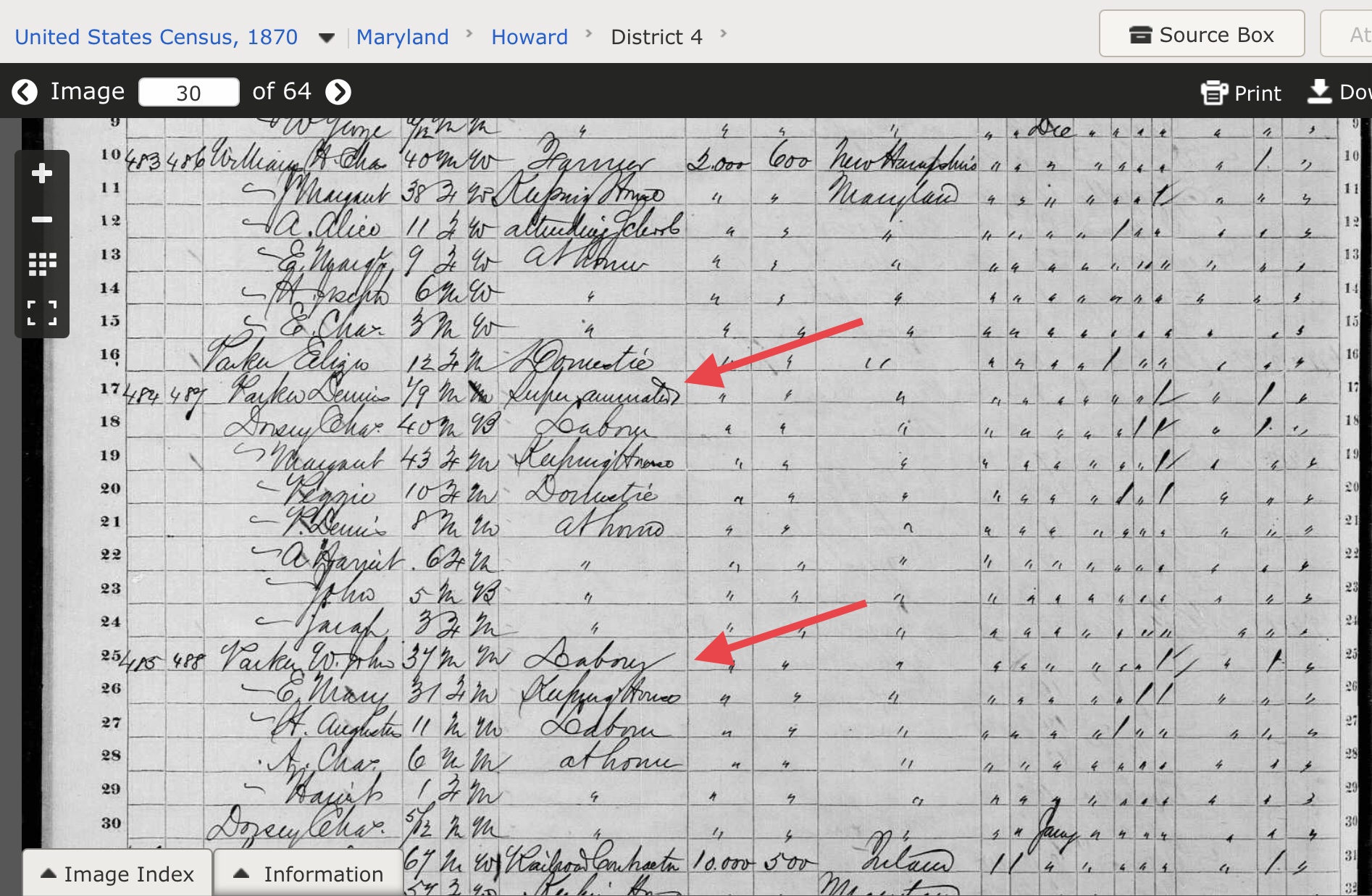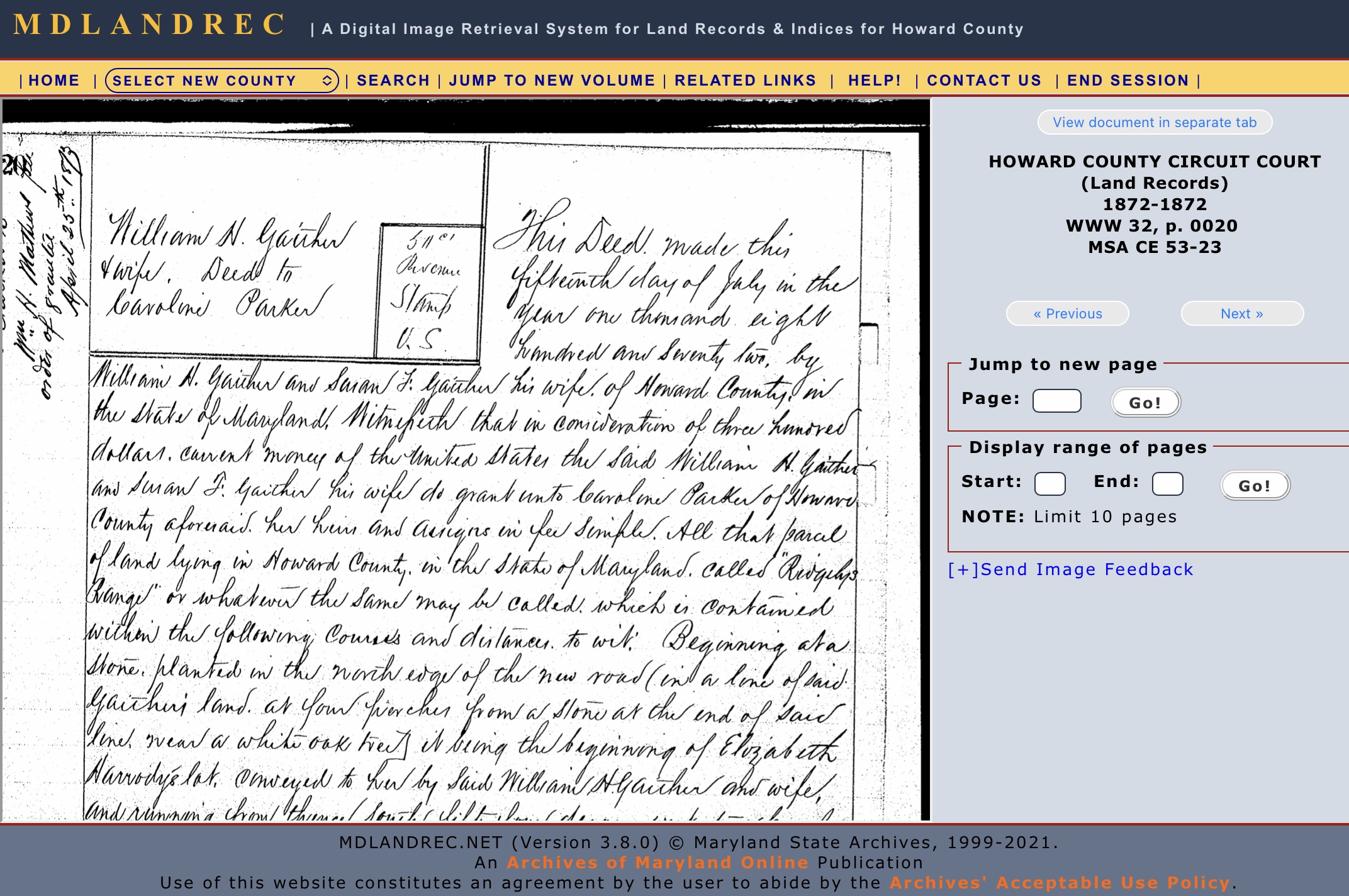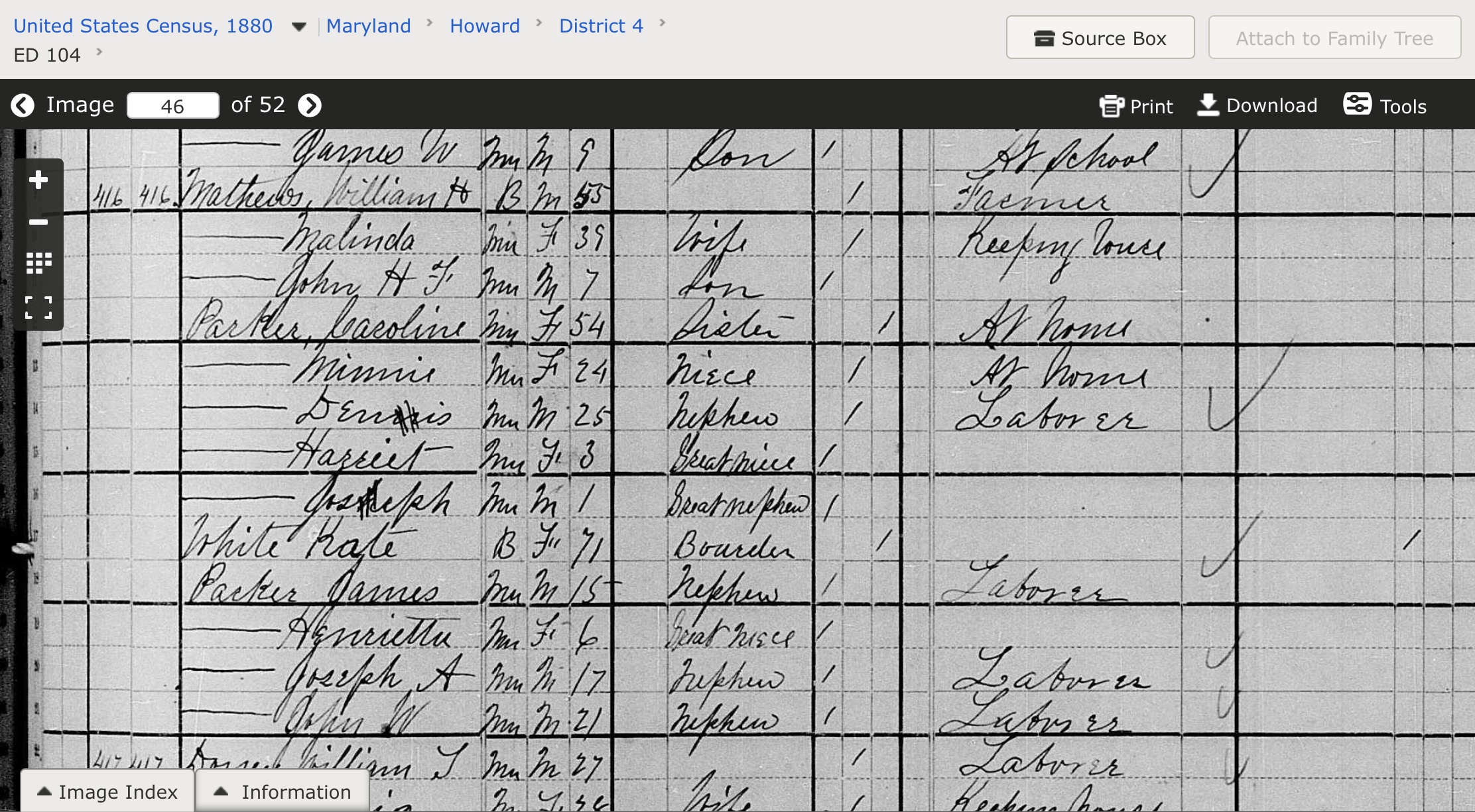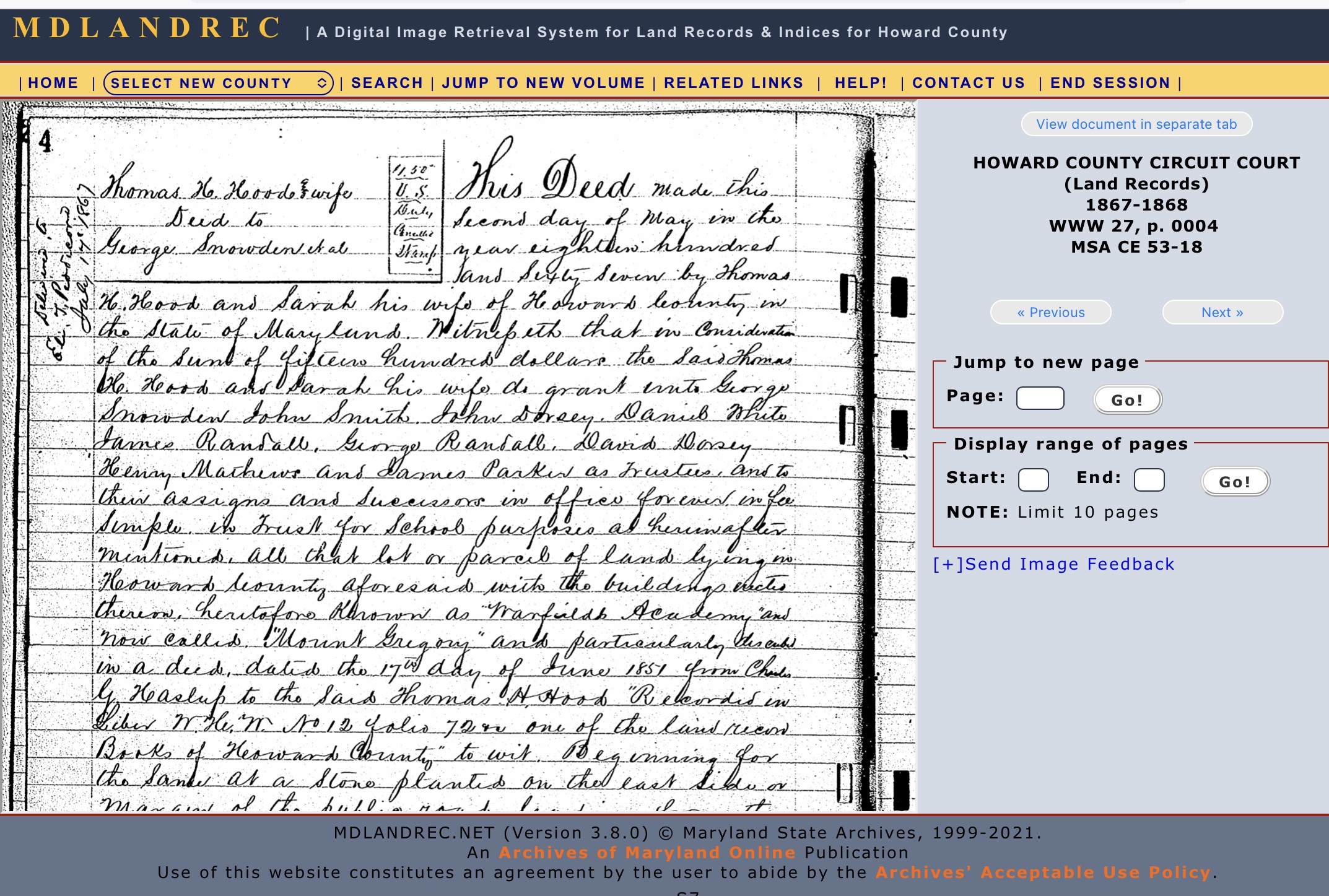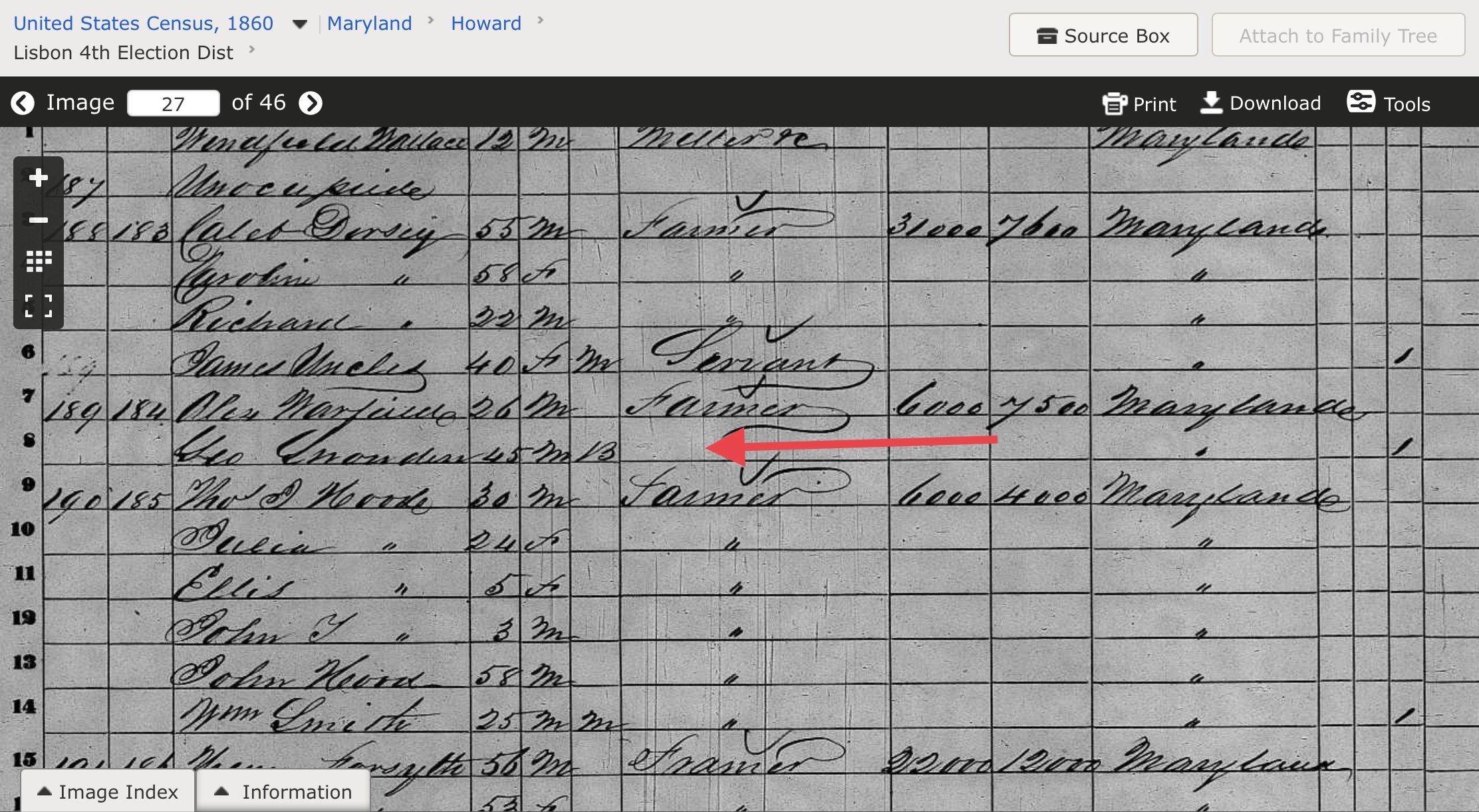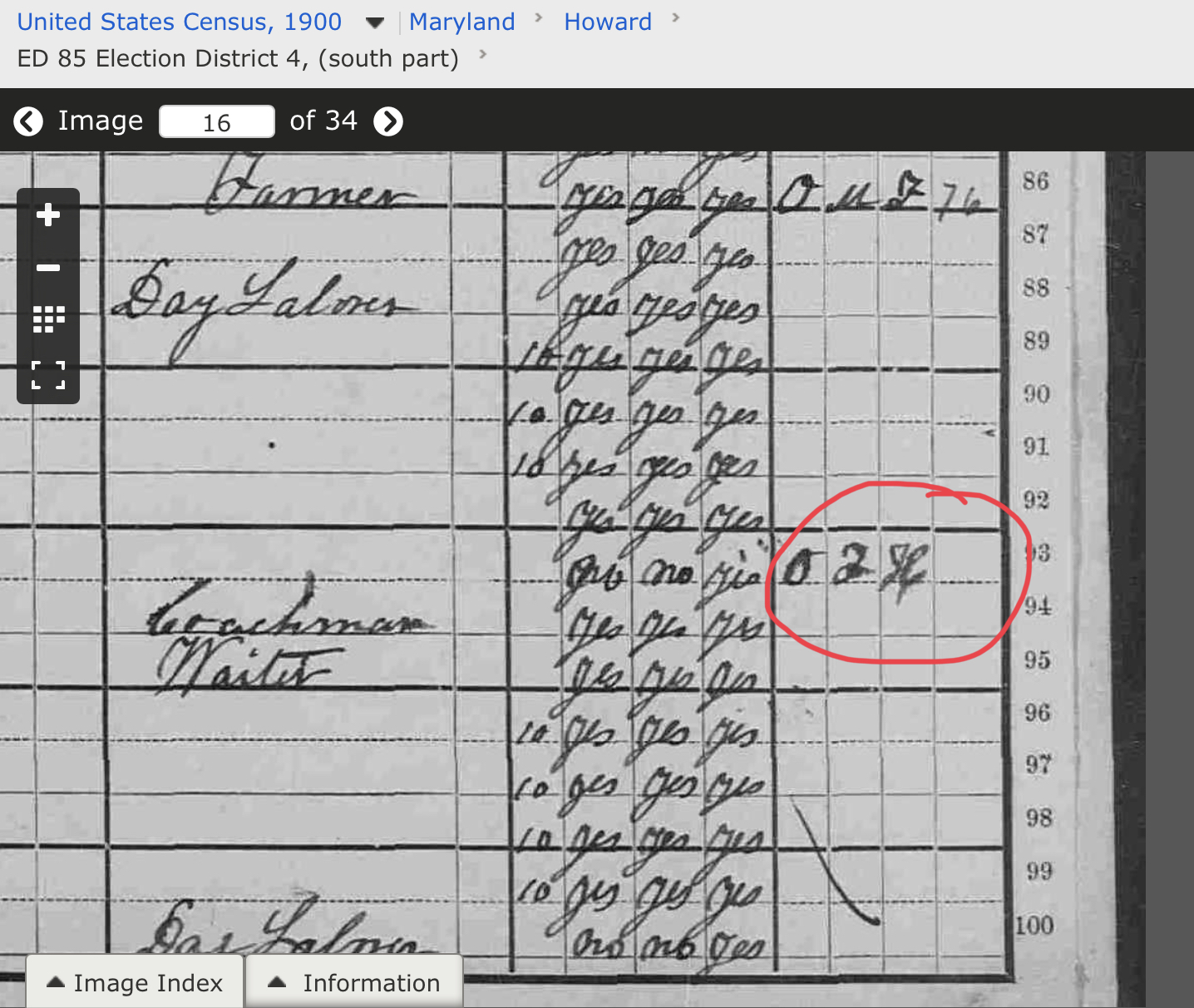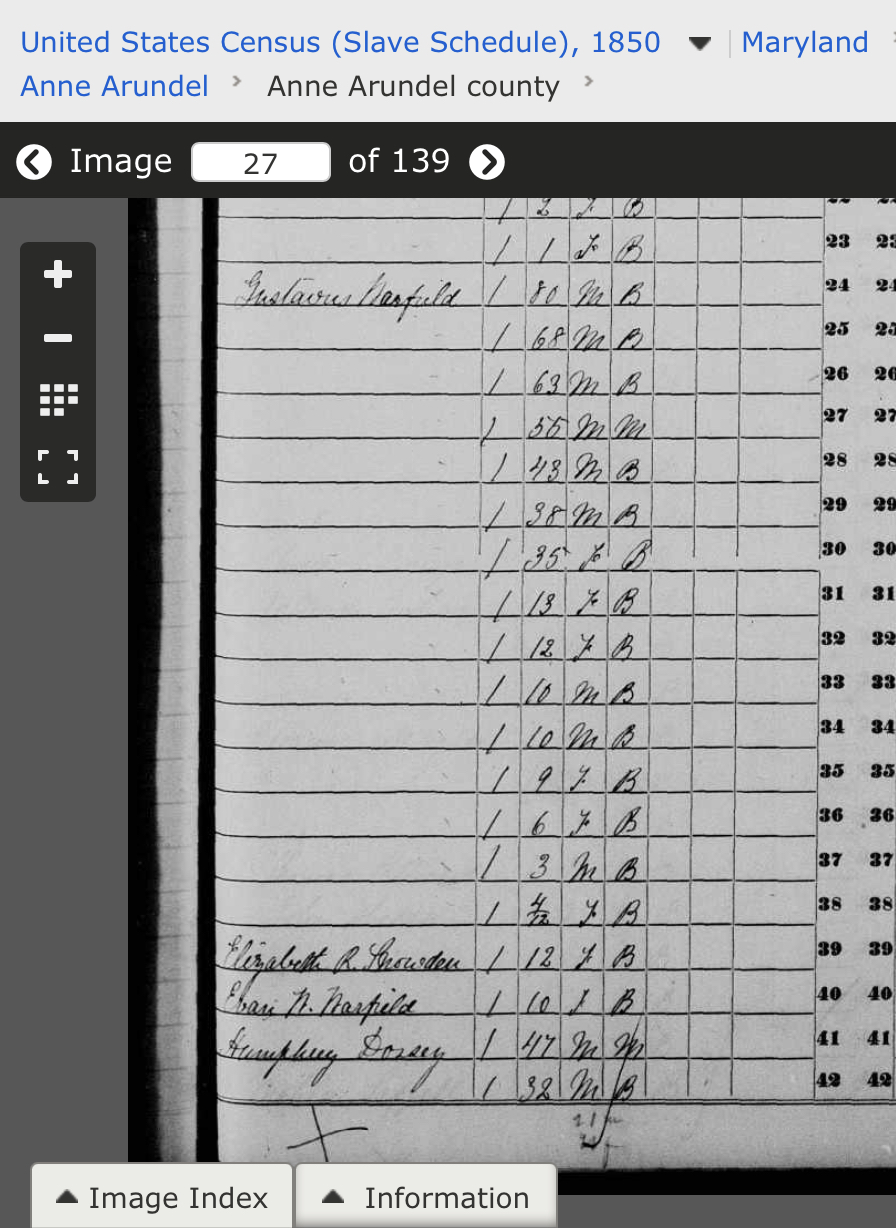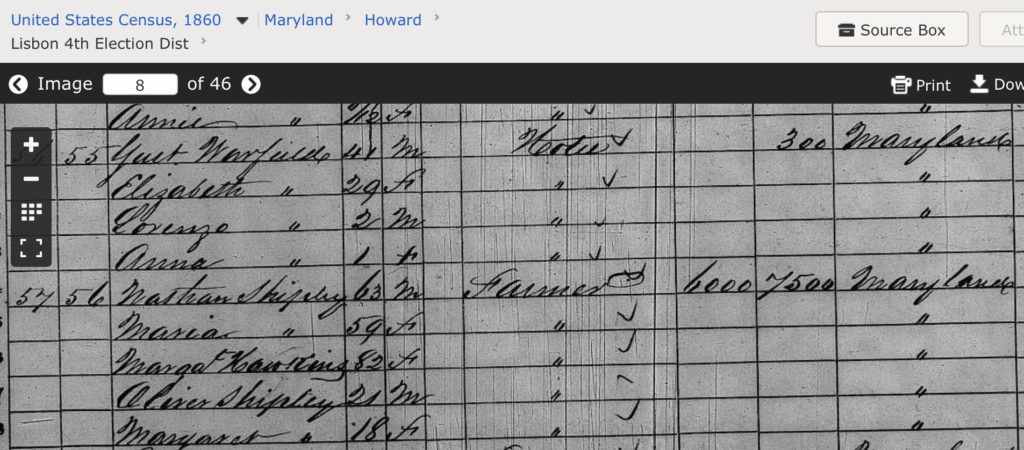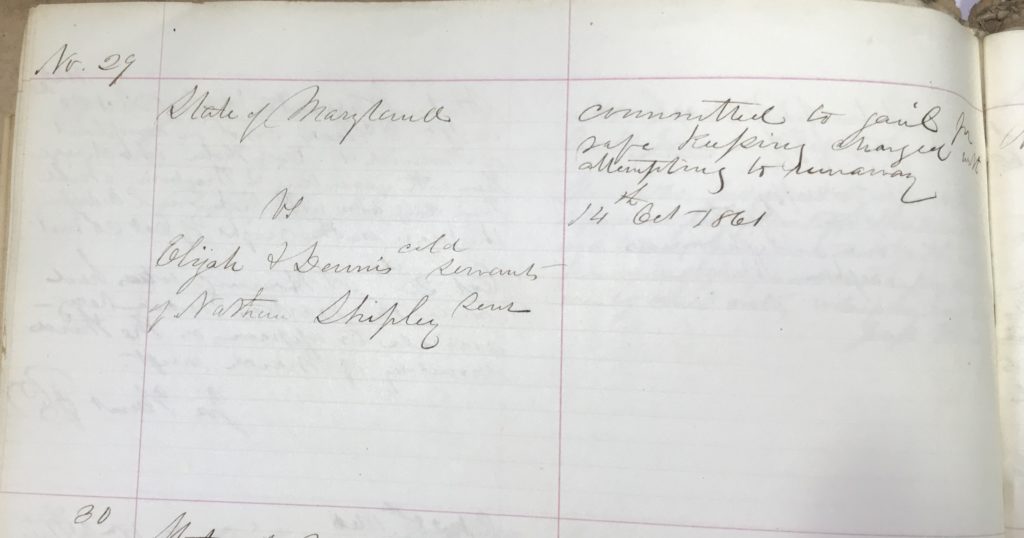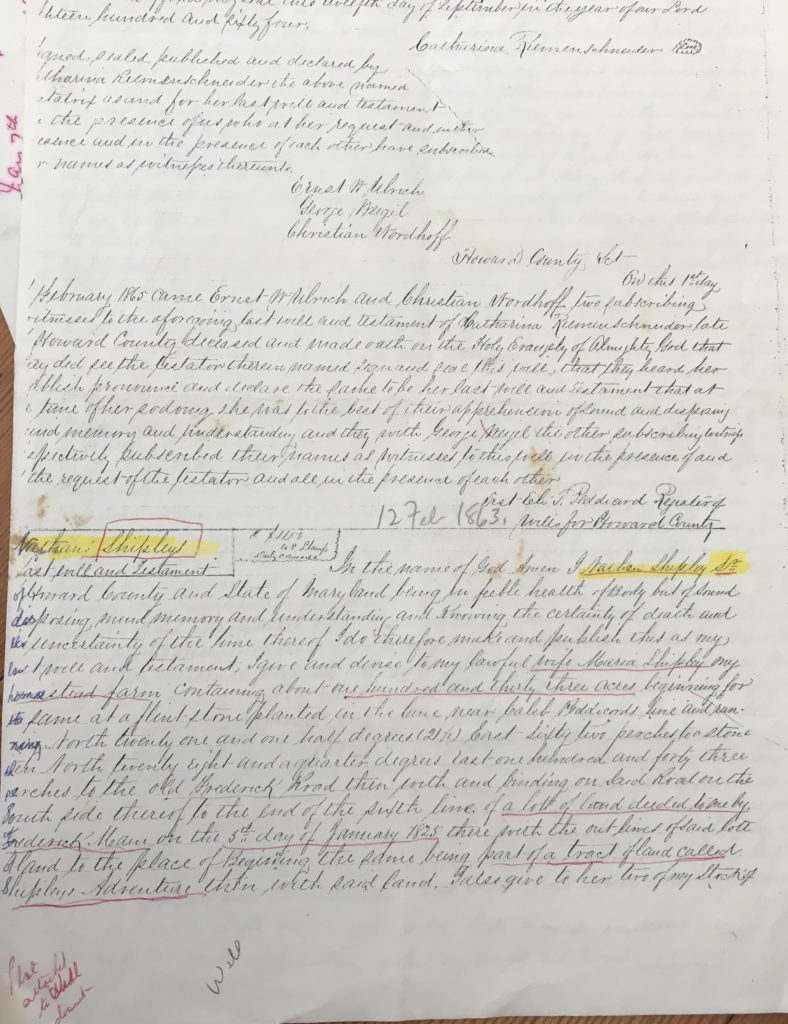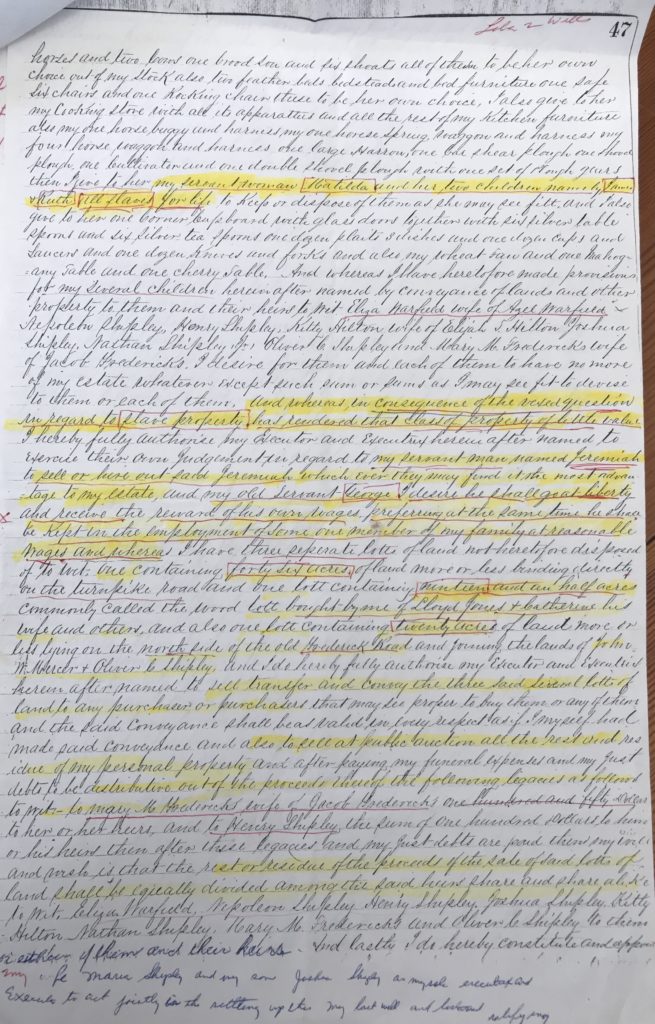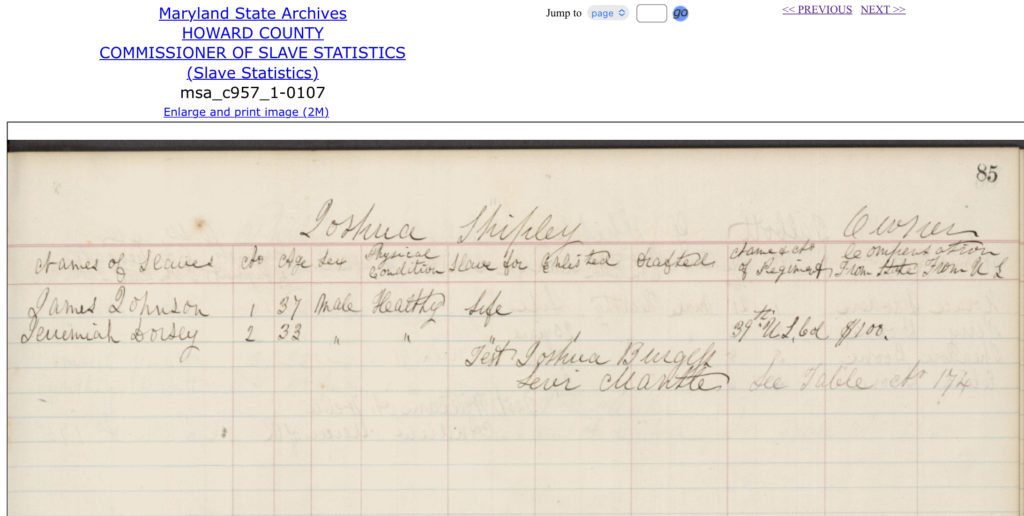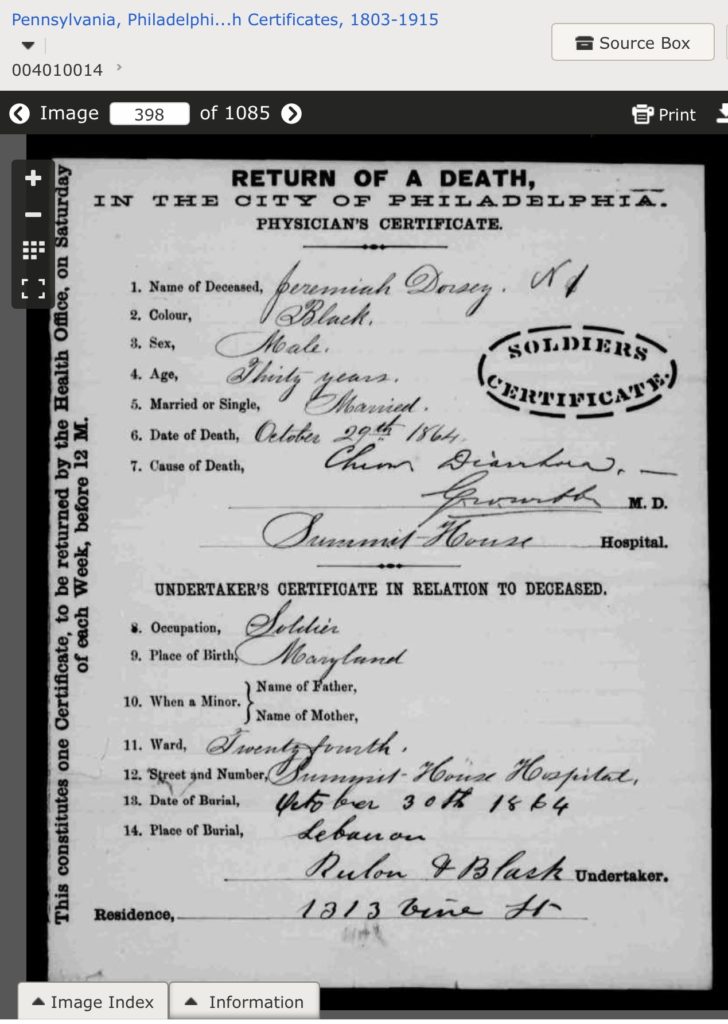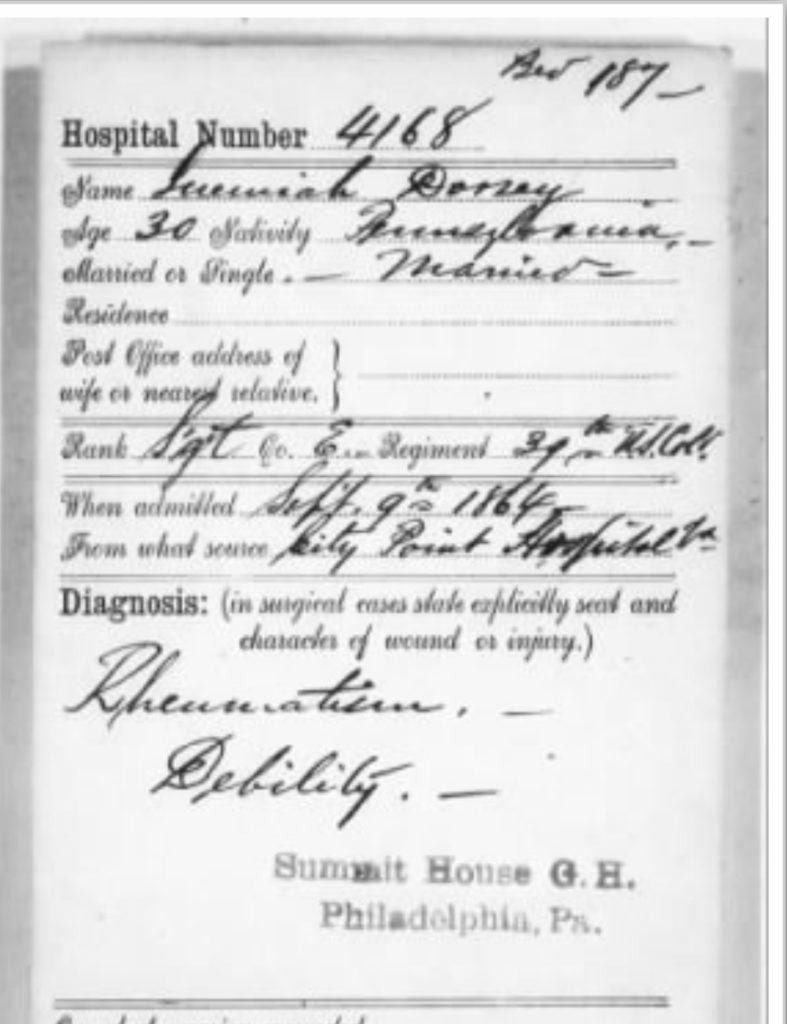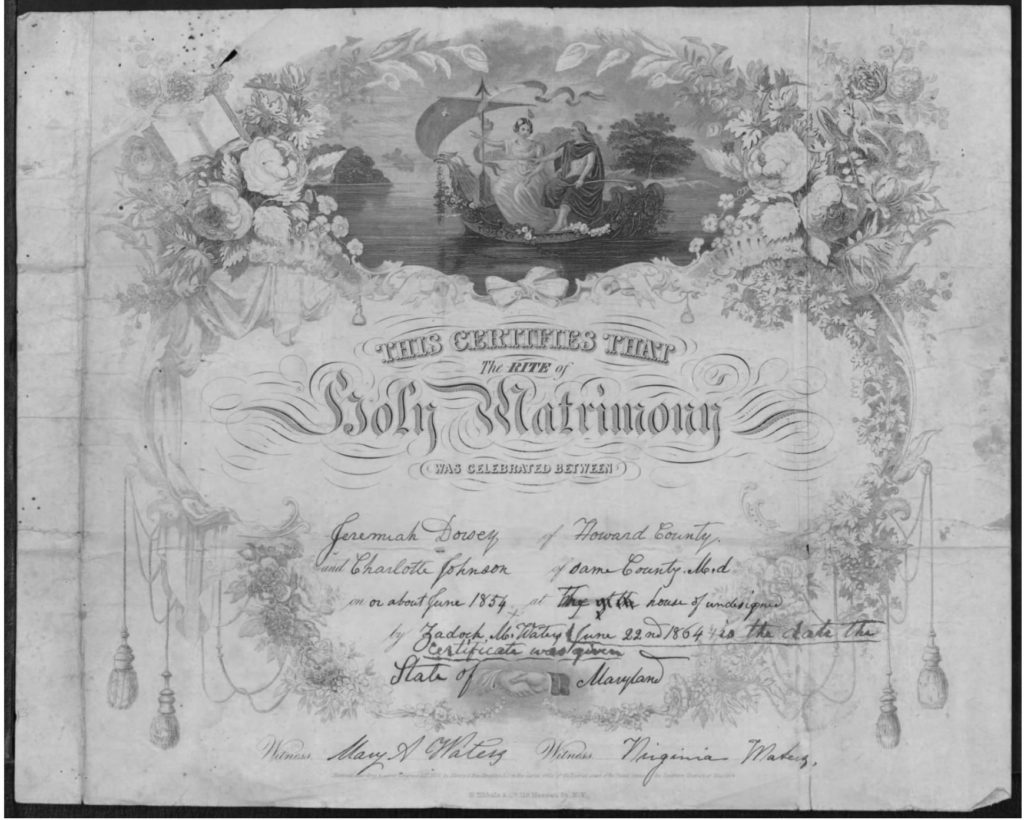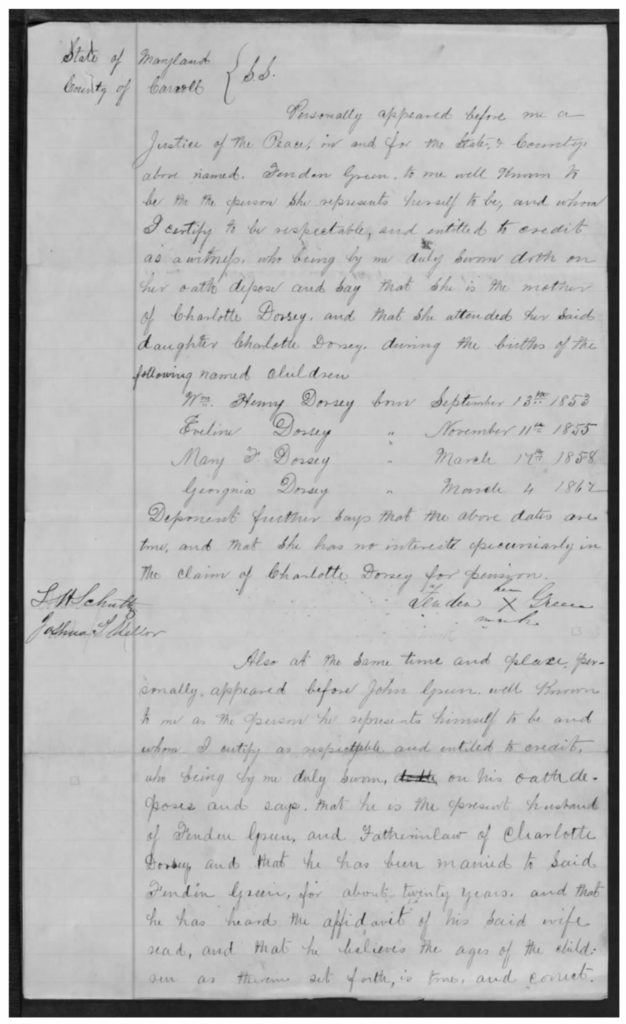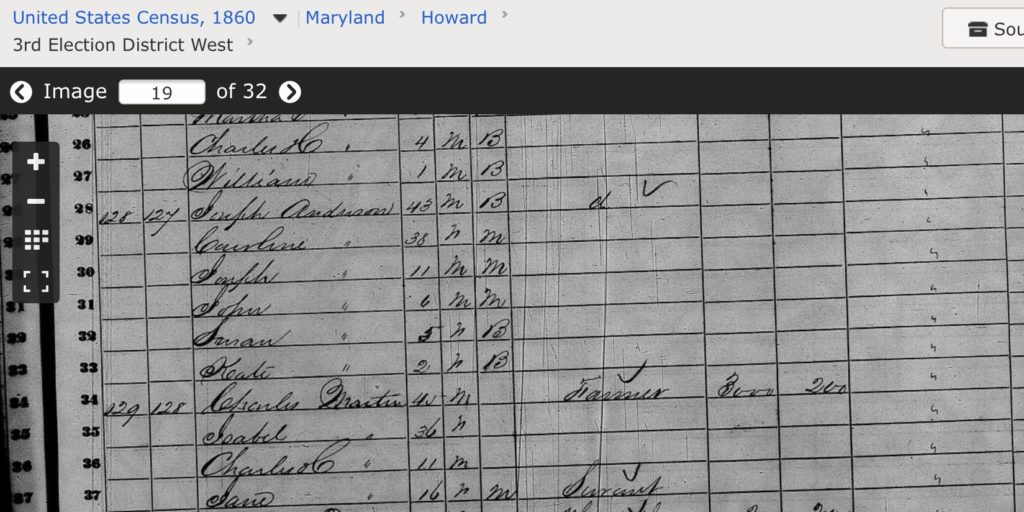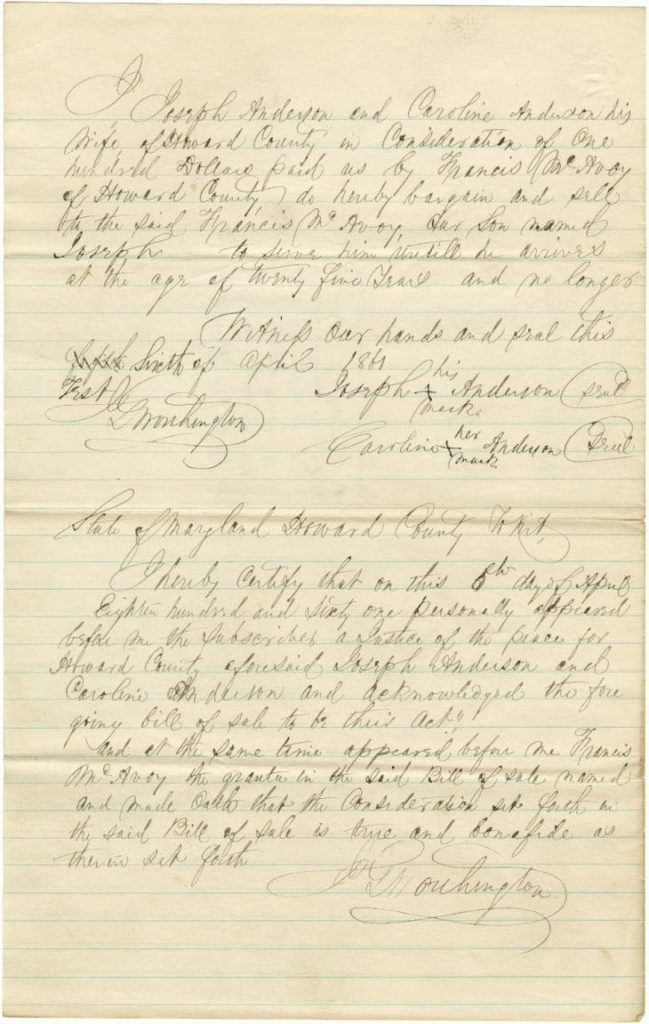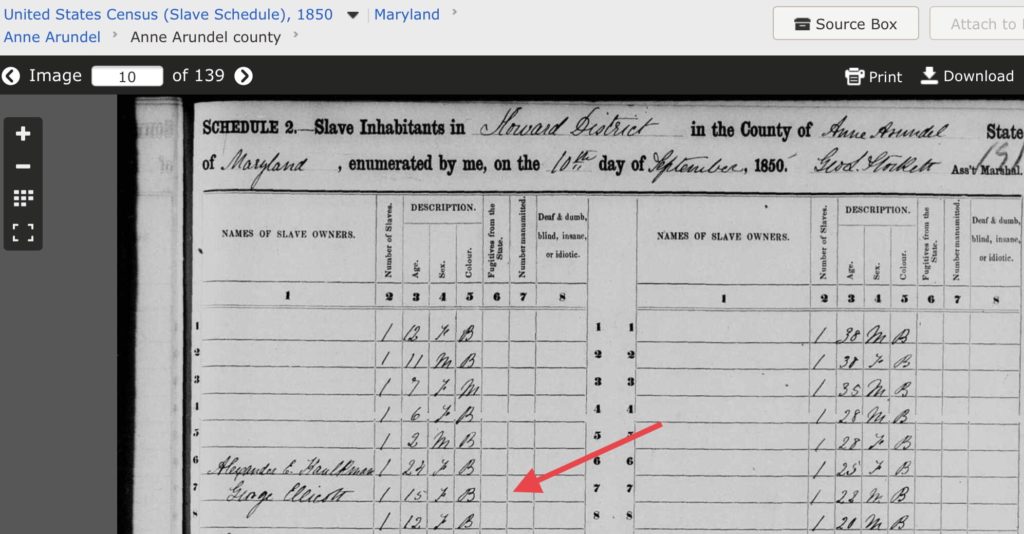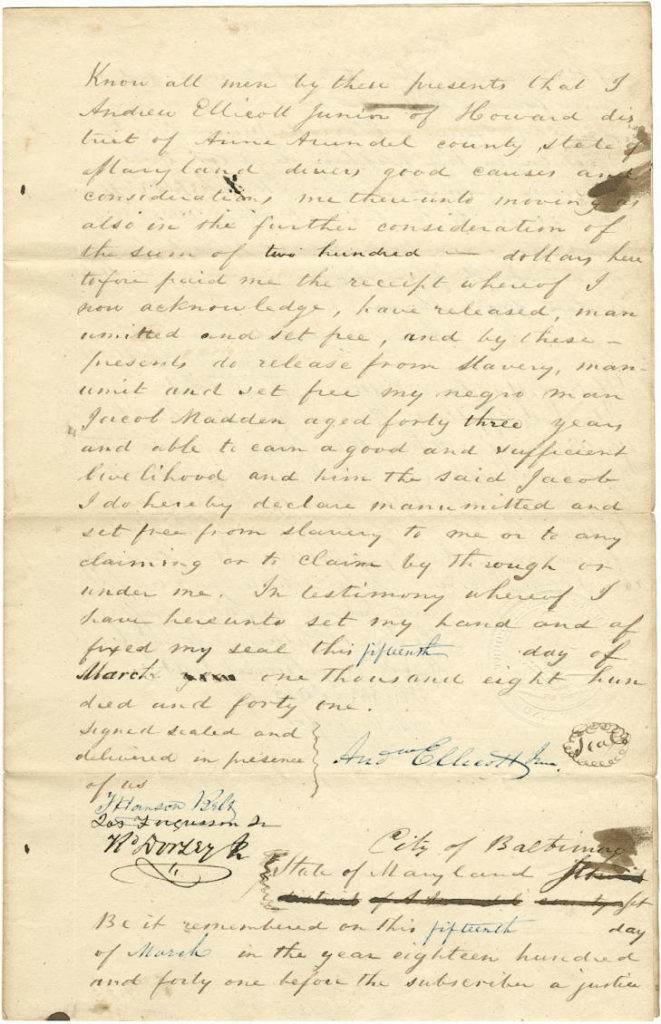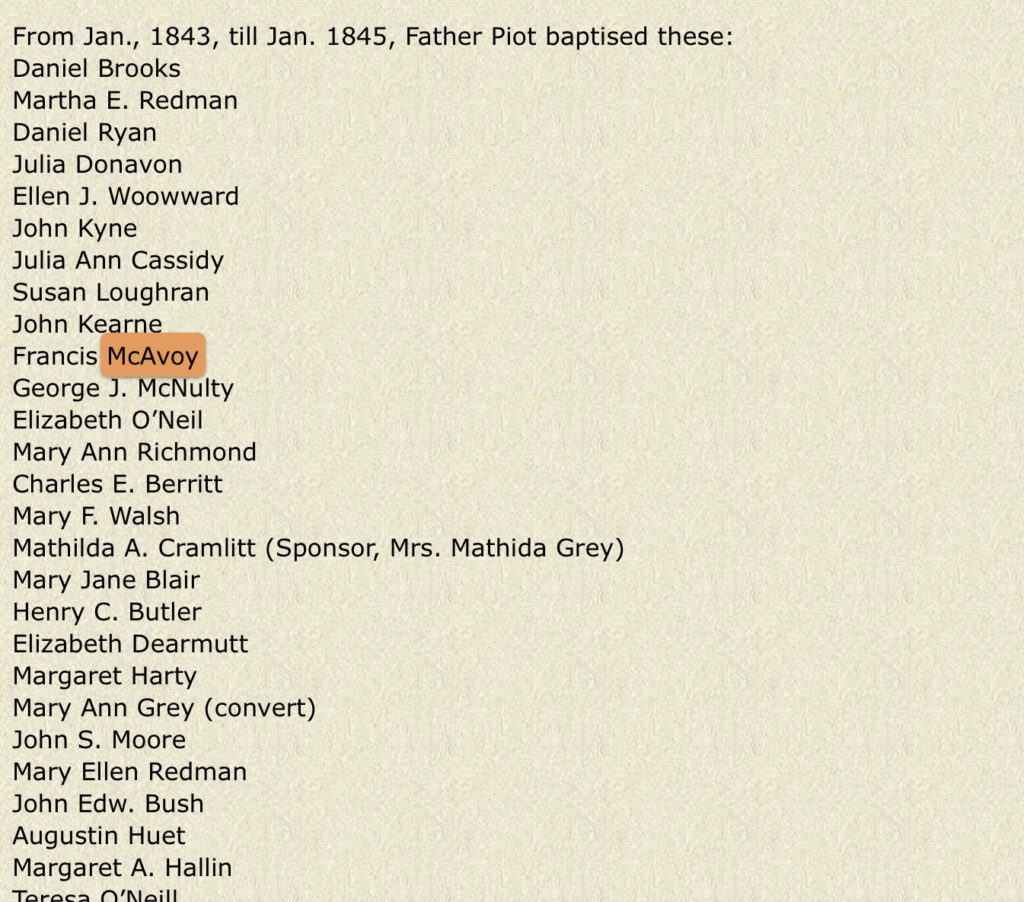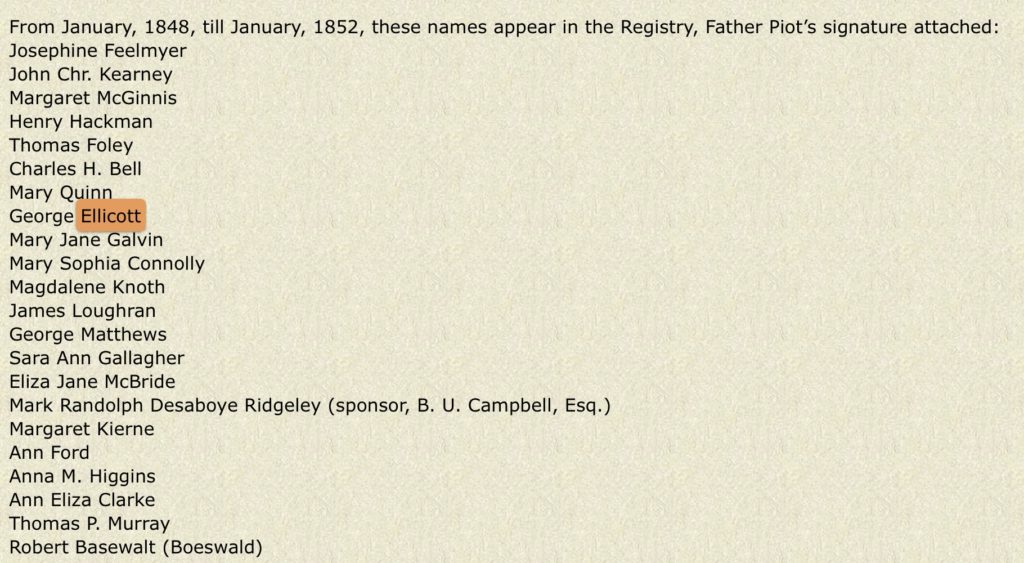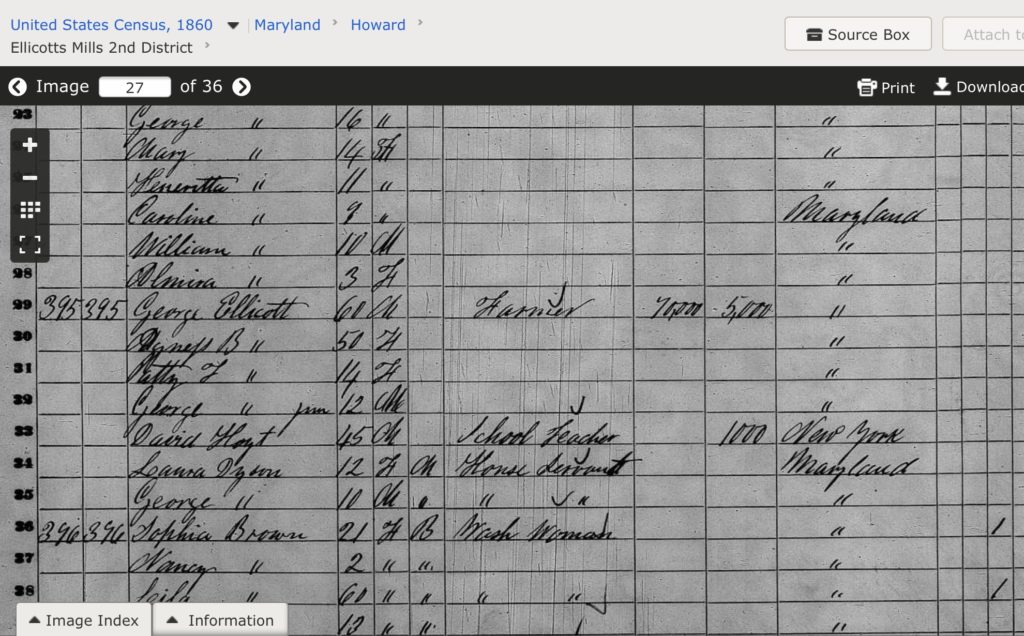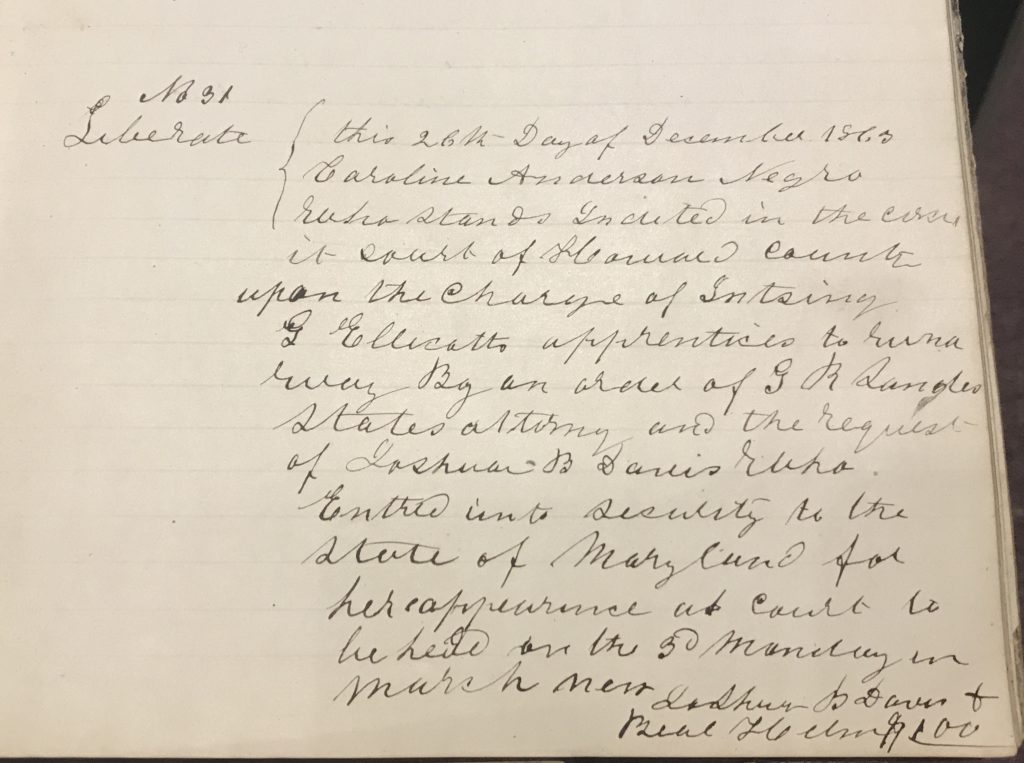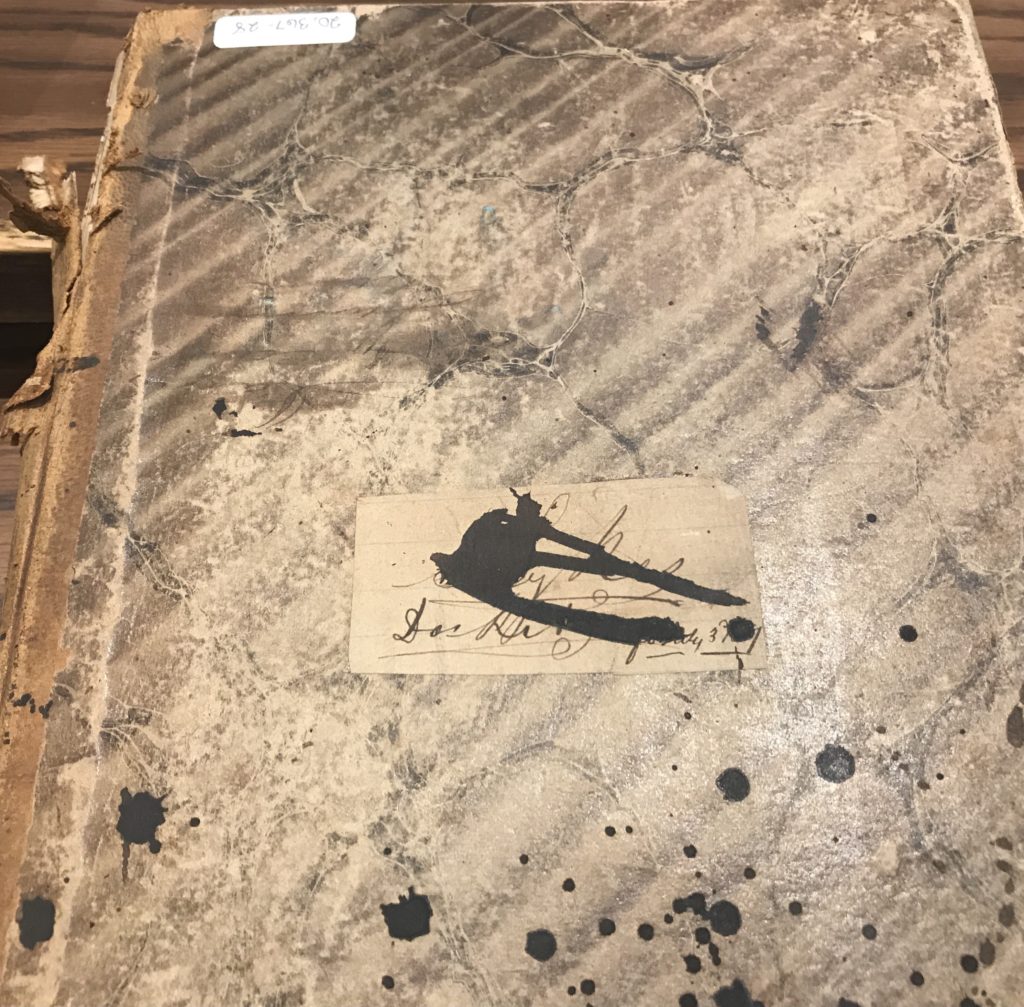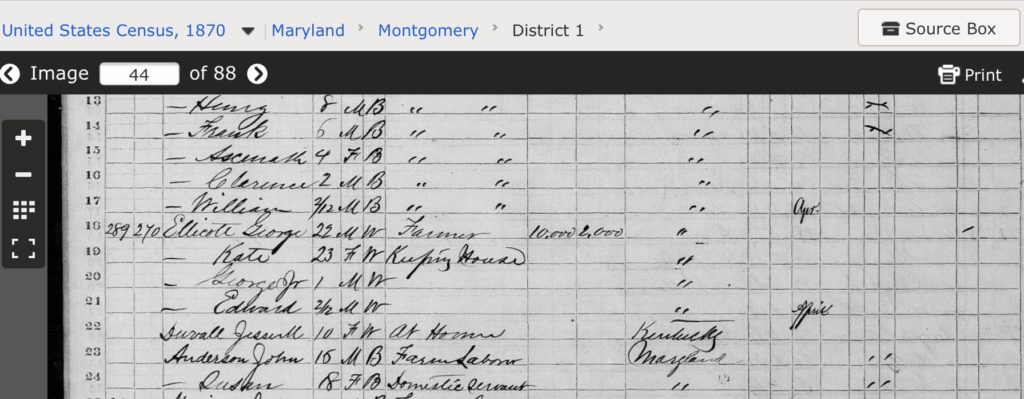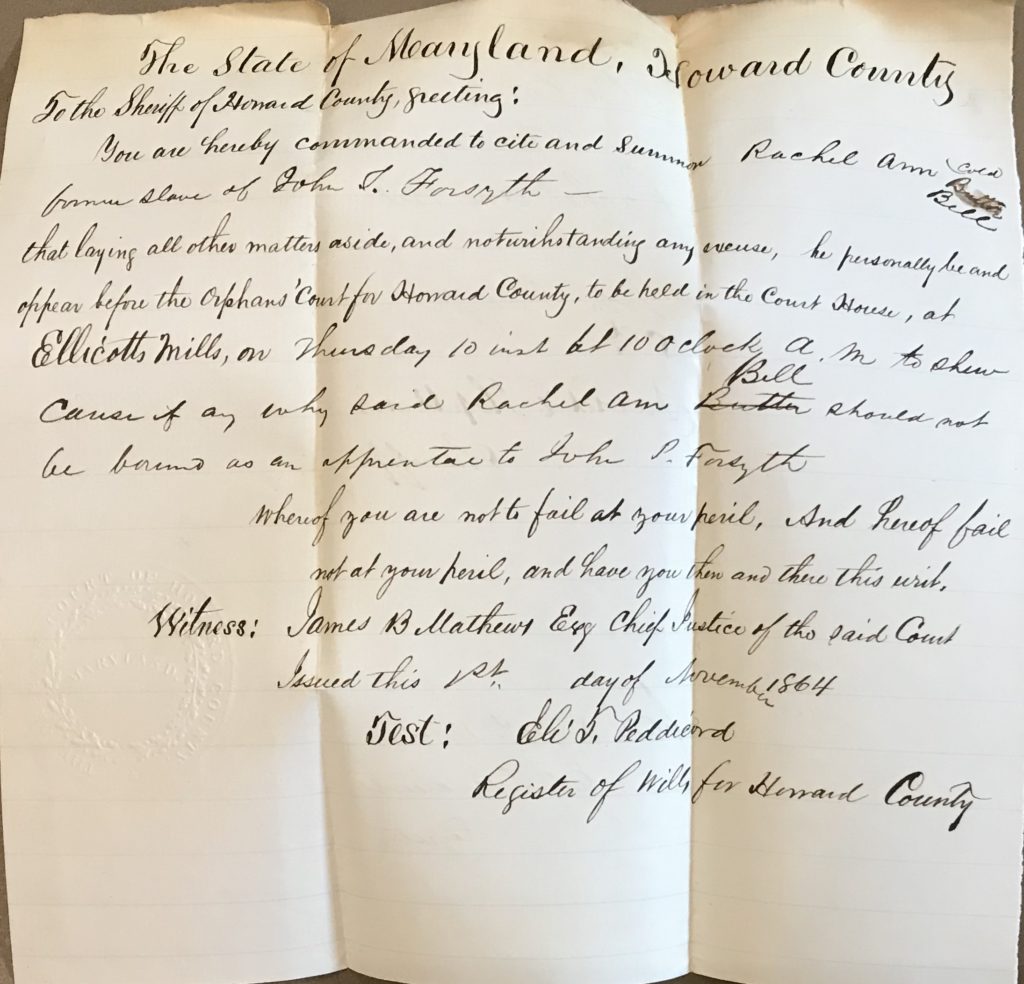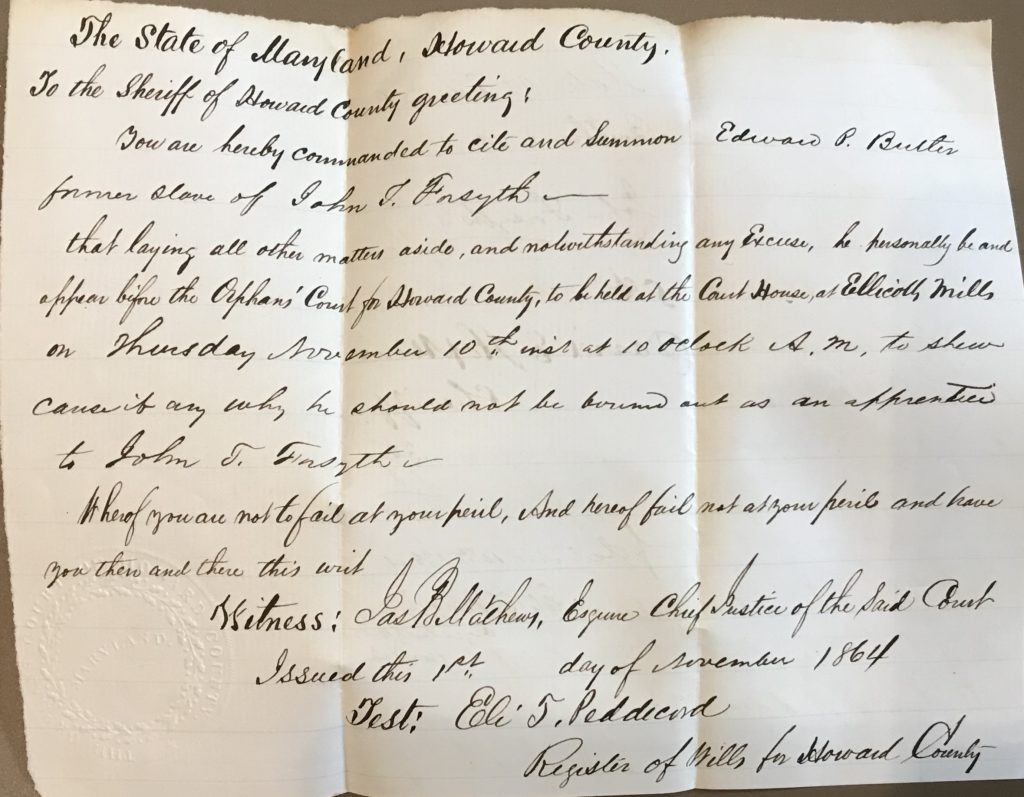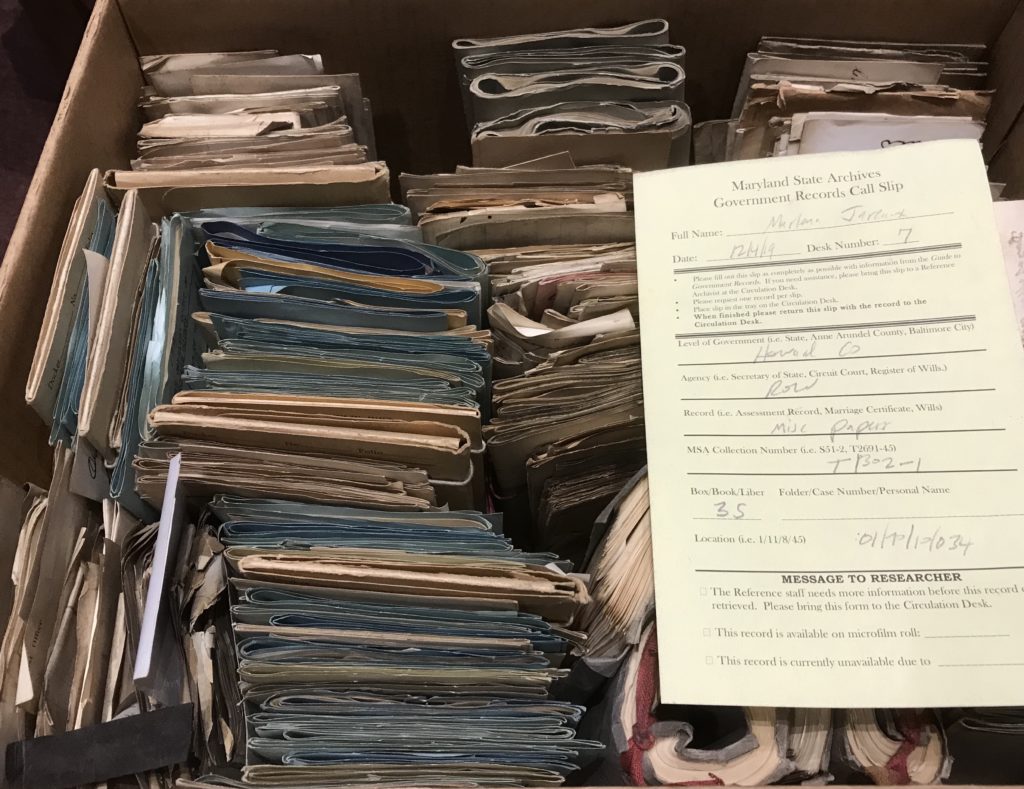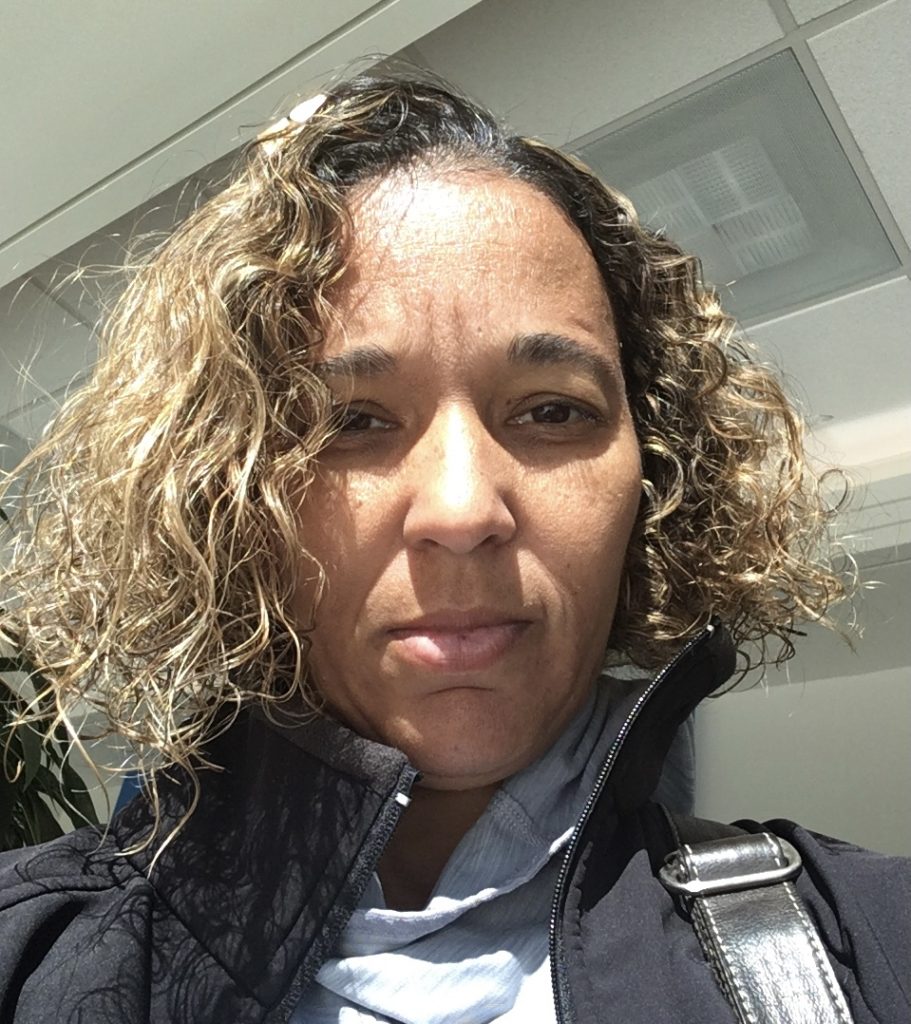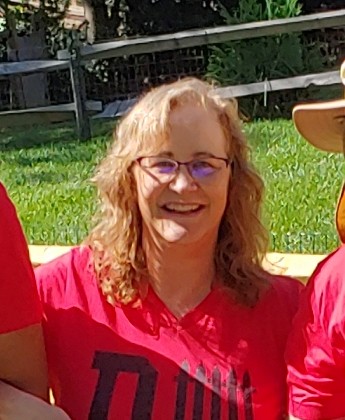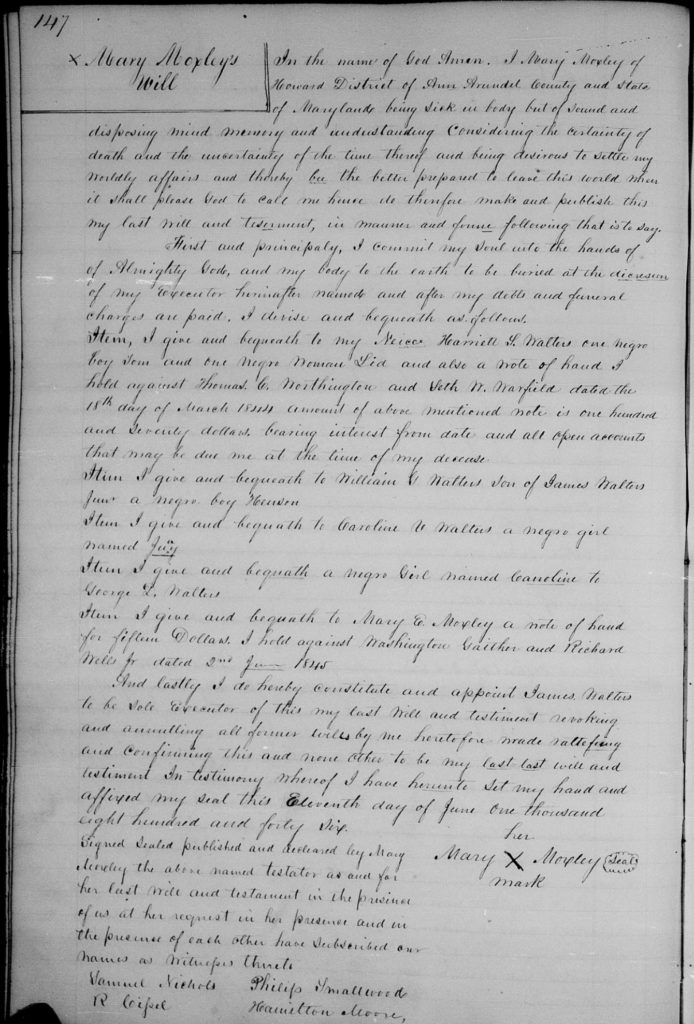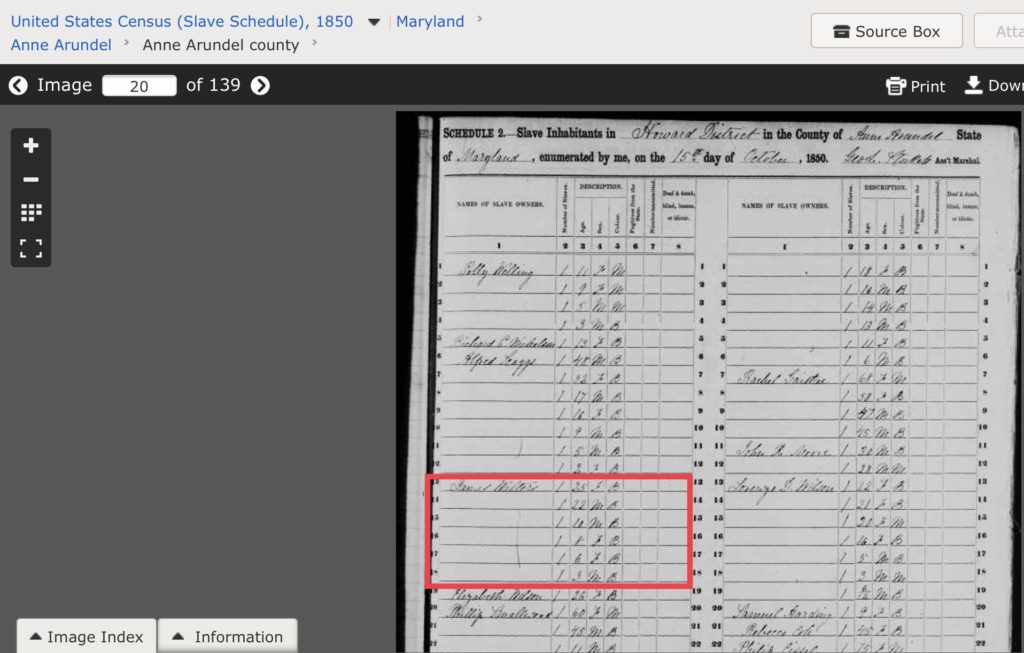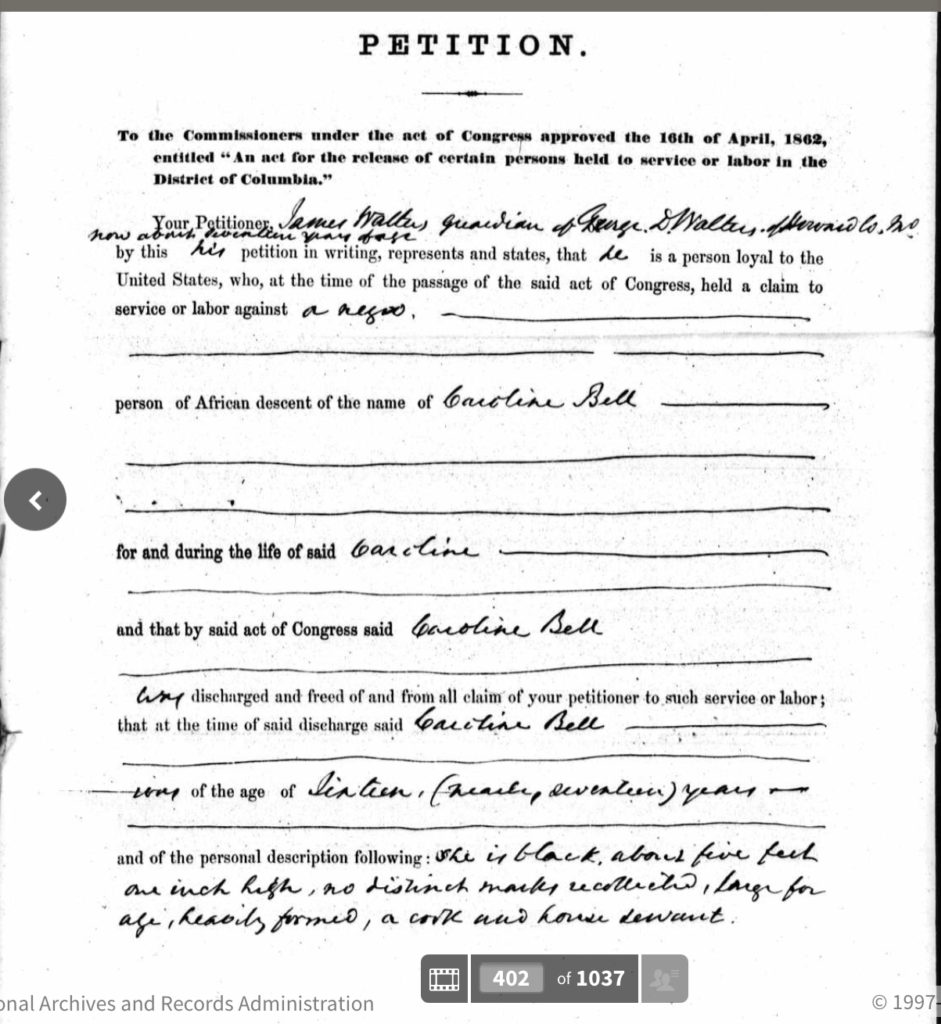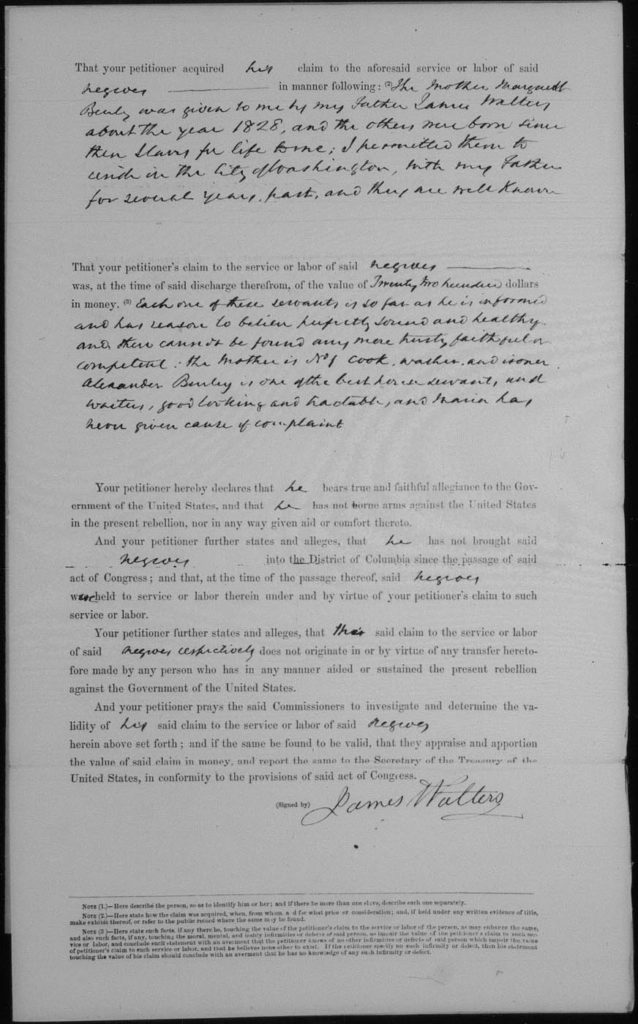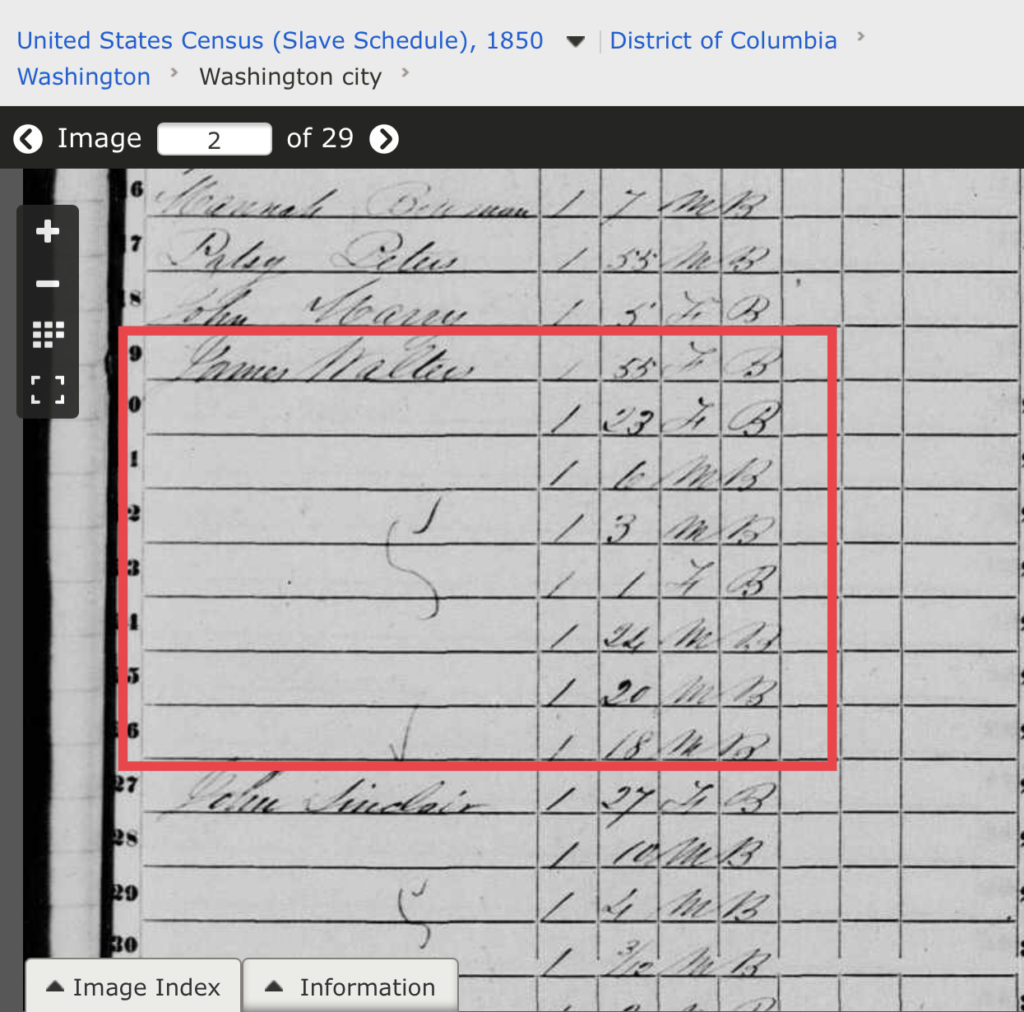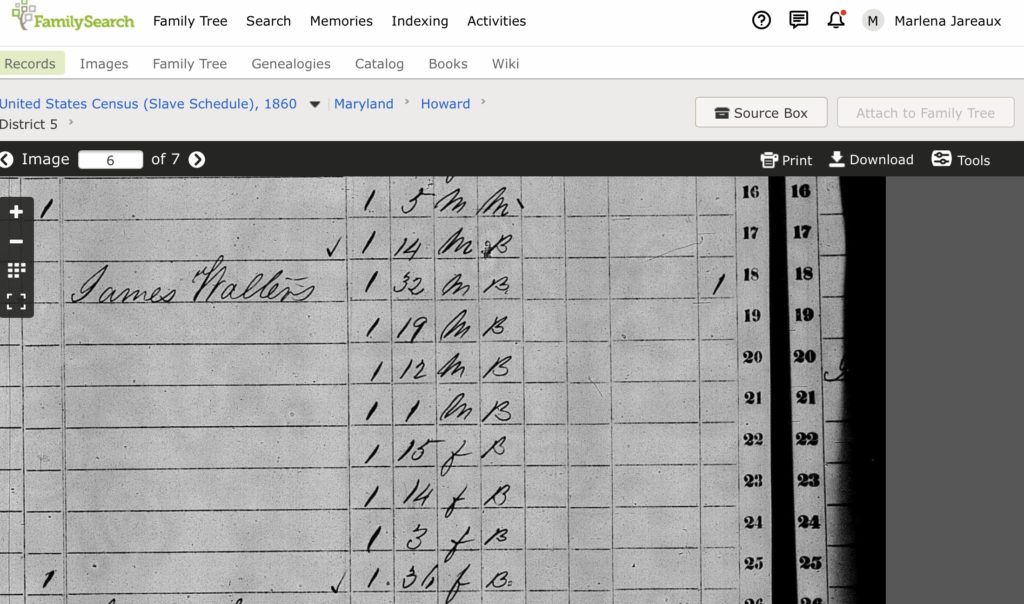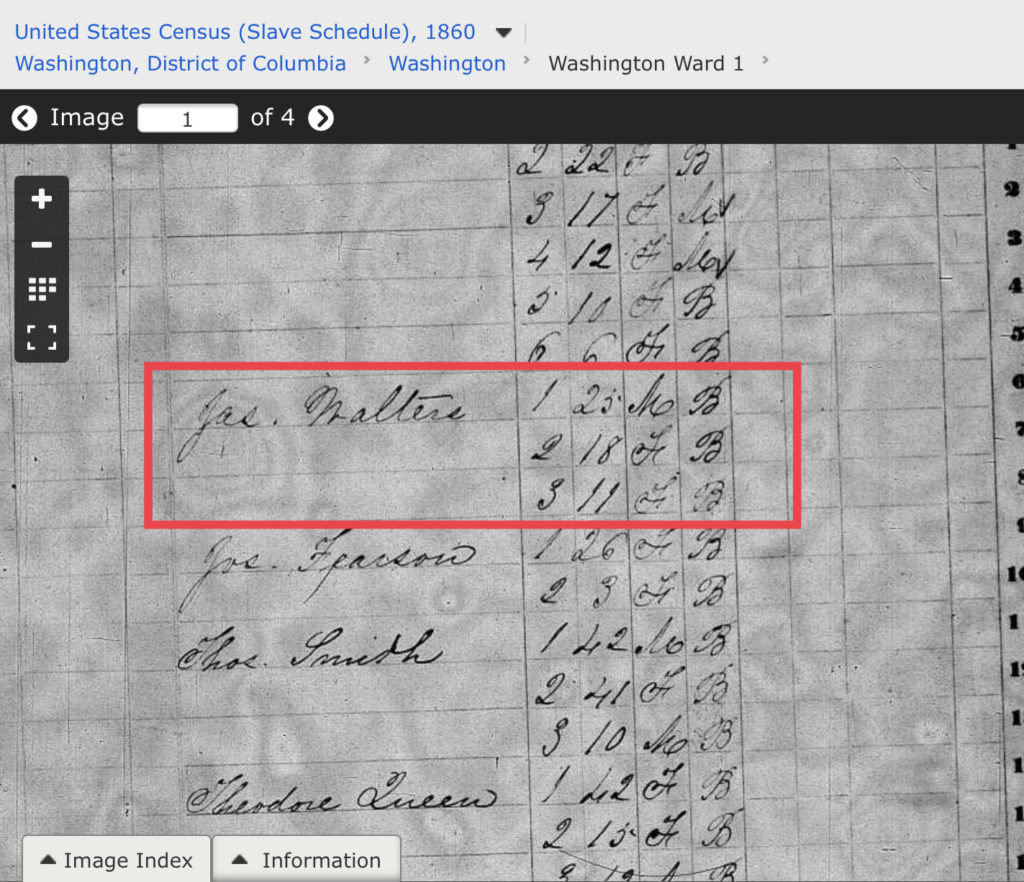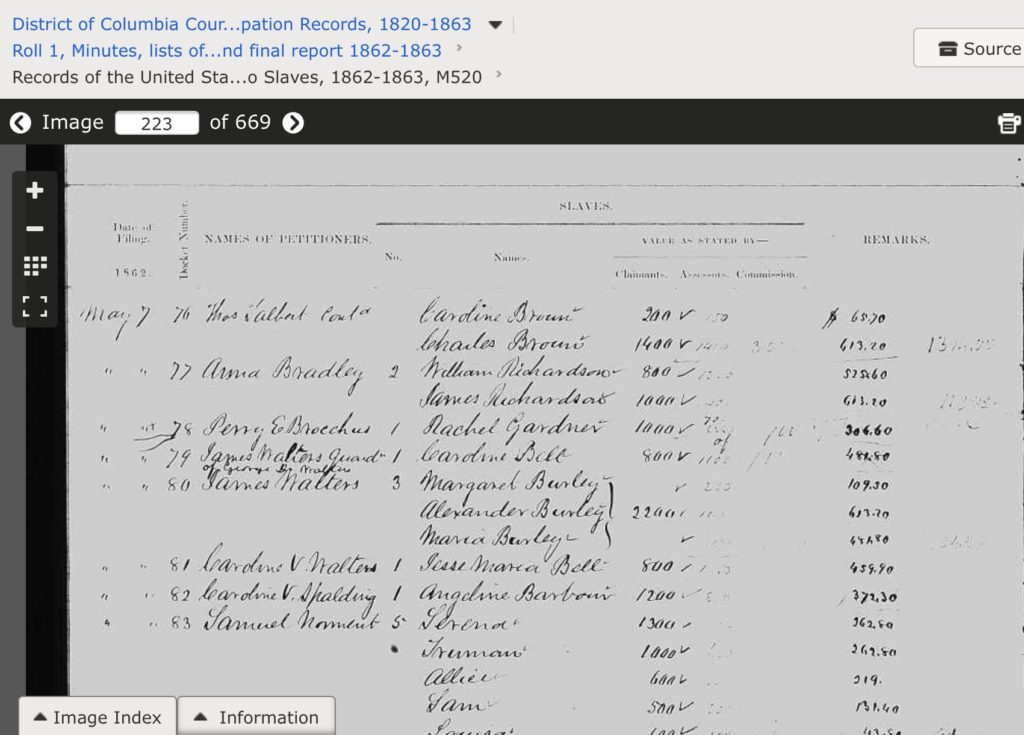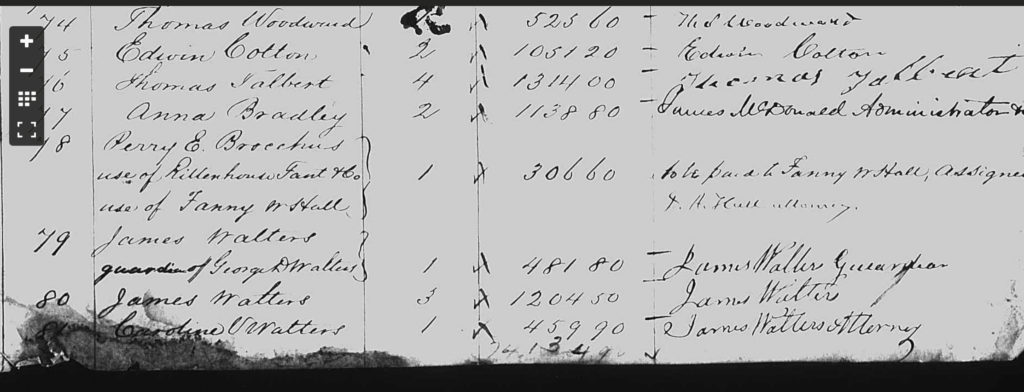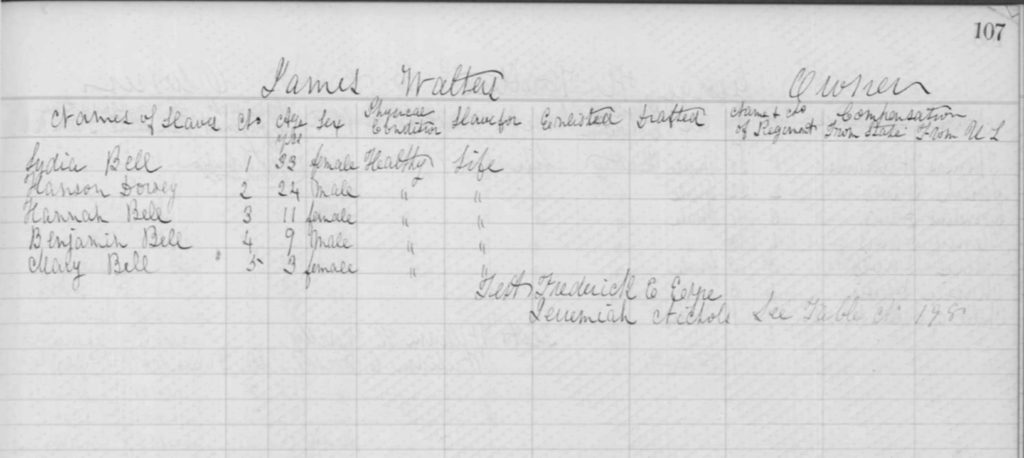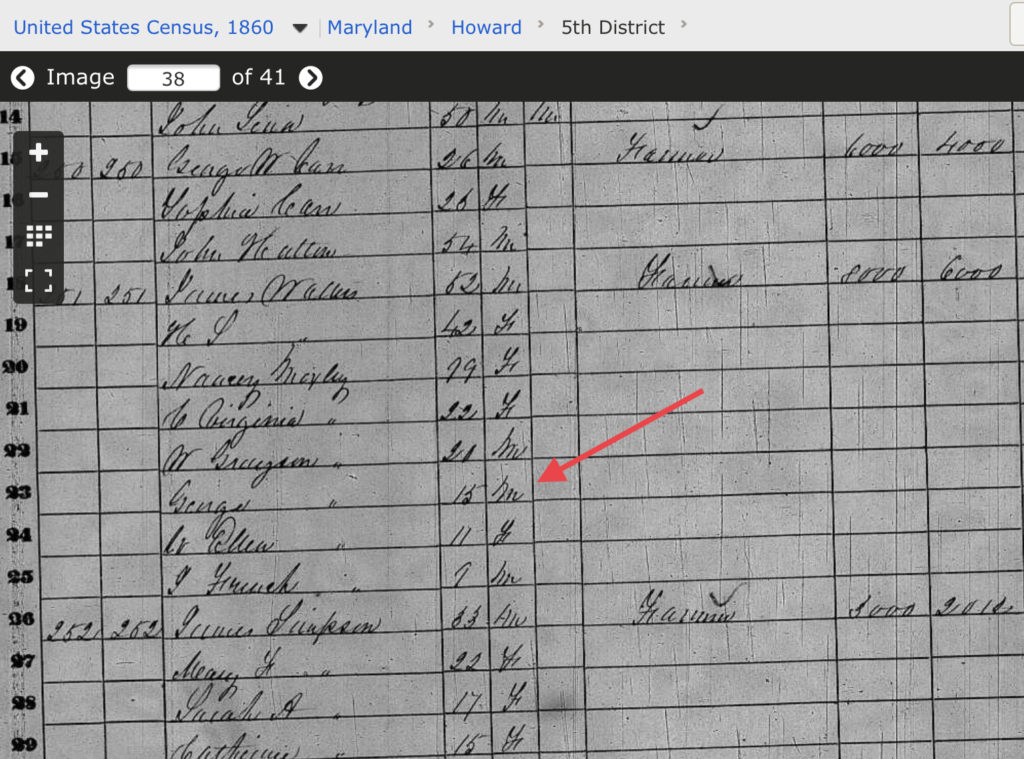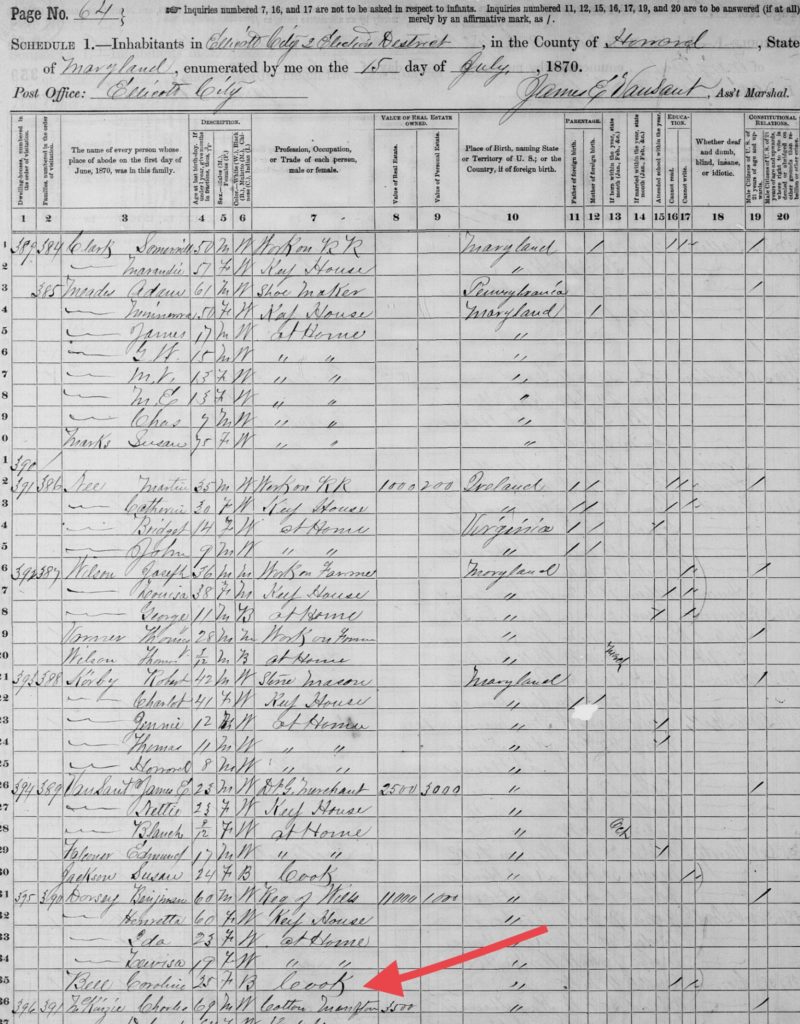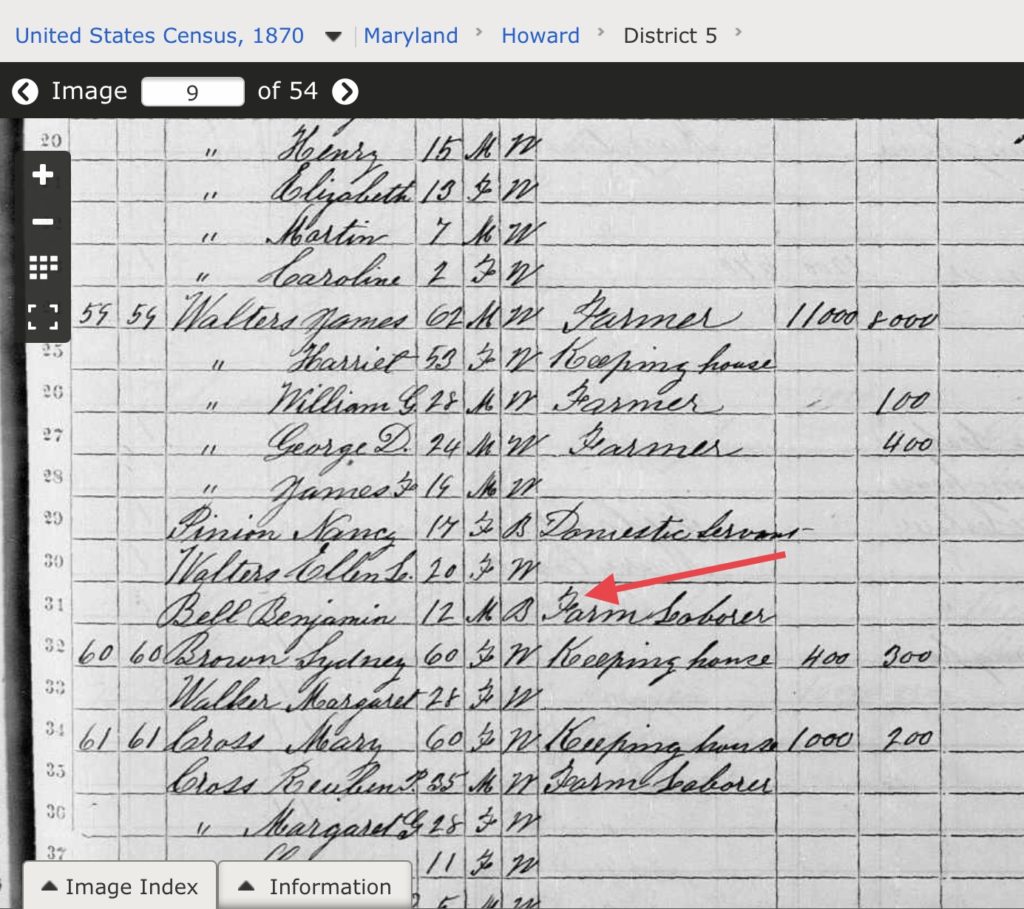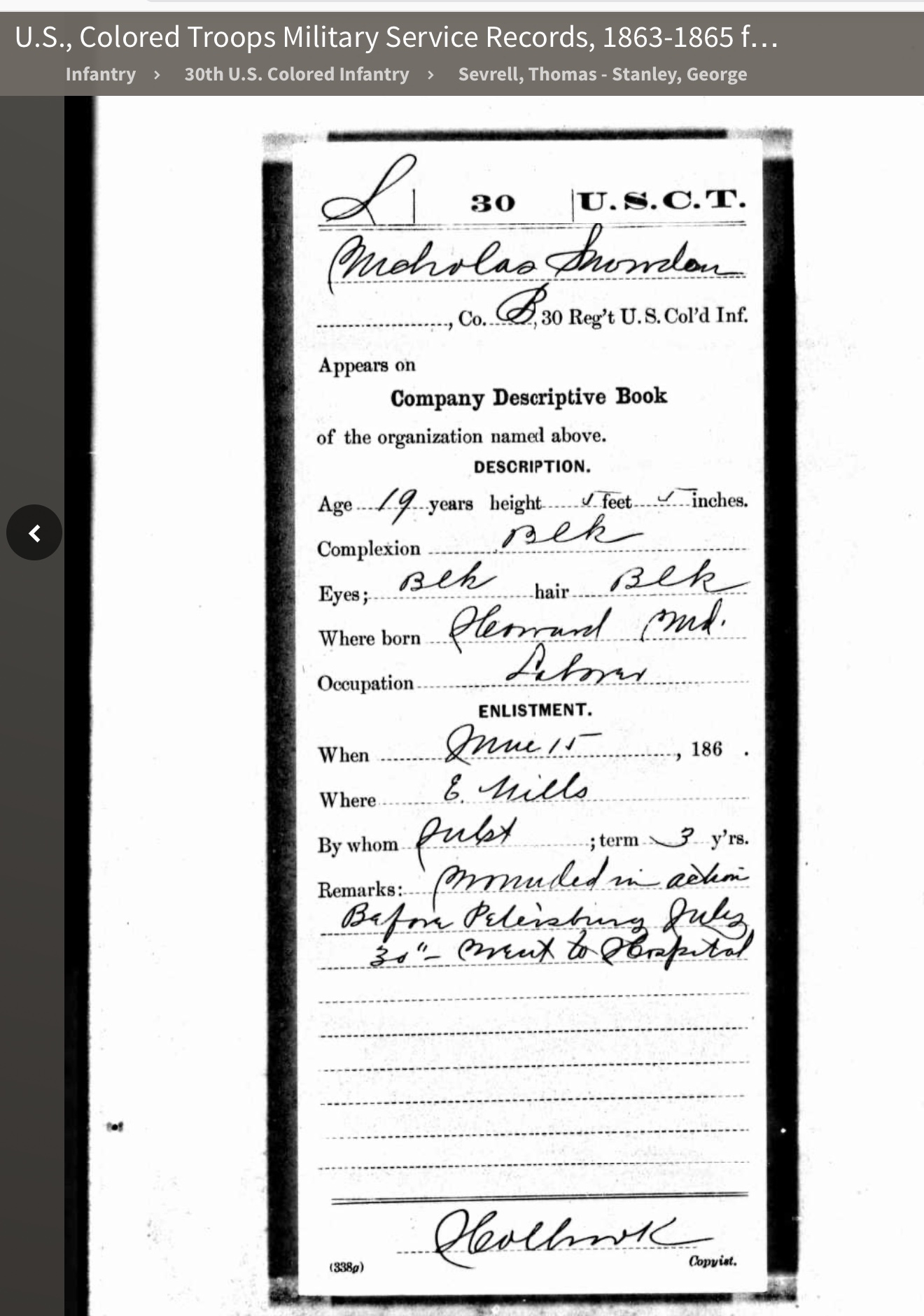On the Howard County Police Department’s Facebook page, a post was made the other day about the male who was being sought relative to the accusation that two 14-year old girls made about him. The original report by the police page included “..are alerting the public and releasing a photo of a man who approached two 14-year-old girls today around 9 a.m. near the Swansfield Pool in Columbia and offered them money for sex acts.” Noticeably missing was the word “allegedly.” Once caught, the language for the update changed to “.. the man who was reported to have offered two girls money for sex..” I suppose that’s fair, if you understand that the definition of “reported” is “described by people although there is no proof yet.” I don’t think most people know that though.
The public comments being made are surprising, particularly for someone like me who is the public face of the organization tasked with facilitating the discussions of historical lynchings in the county. One wonders if we’ve really come as far as we’d like to think we have as a society. It’s one thing to write things like the following about the girls “.. They may be saving others from a more torturous experience,” though that still presumes that the man did as was alleged and that whatever the encounter was, it was in fact torturous. Some of the comments with many “likes” crossed a line. I refuse to name names, because I don’t find that to be helpful, but some of the comments were:
“.. he needs to meet the business end of a baseball bat.”
“This how you end up in ICU”
Commenters called him a “scumbag,” a POS, and called for his “public castration” or featured an image of something being sliced. Then there was “Nothing a guillotine won’t fix” and suggestions to “beat senseless,” that he “looks like a bad guy.” One person used the opportunity to liken his image to a person in the public eye, while the majority of commenters gave kudos to the young girls and the police.
A lone voice with no likes commented: “Is there any proof that he said this to these girls other then a photo of him? False allegations are a thing..” I wish to give kudos to the person who wrote that, because it emphasizes something quite important.
When the General Assembly announced there would be public hearings across the state where lynchings happened, I made the announcement that a group had formed in order to examine the county’s lynching history. The public comments were surprising then also, largely because of WHO was saying them. I captured them with screenshots, because I knew it represented the thoughts of people who were willing to be publicly vocal about them. A few were from people with positions of perceived authority, and one in particular I want to share stands out because he is a retired county police officer. He essentially wrote that (I’m paraphrasing): Nicholas Snowden was hung by a mob who stormed the jail because he raped someone…for this we need a group? My response was “Yes. Because what you wrote above doesn’t include all of the facts, and there are inaccuracies.”
In our inquiry so far, we pushed out to the community that Nicholas Snowden had been lynched by a mob who stormed the jail in the middle of the night, but that his actual case docket revealed that he hadn’t had a trial nor had he been recorded to have an attorney. That’s hugely significant, but I fear that the prevailing thought in the county is one of act first and ask questions later. Still. And that makes me wonder on this Sunday afternoon about the work ahead of for our organization, and what kind of meaningful reconciliation we will really be able to do in the county. I wonder because of the comments I’m reading, but also with those I’m not seeing.
You don’t have to know who Edmund Burke is to be able to appreciate the phrase attributed to him: “The only thing necessary for the triumph of evil is for good men to do nothing.” I’m betting that in the situation of the man photographed whose image was shared more than 1000 times now on social media, there are people who think that the evil was quashed by good men (and females.) The public comments suggest that he has already been adjudged to be guilty, and publicly sentenced. That’s reminiscent of what happened to Nicholas Snowden, who entered his plea of Not Guilty in 1885. I attach the docket entry for his case for the reader’s consumption, and two others before his that show something important: their pleas of Not Guilty, and the outcome of the same. What is it in people that makes Nicholas Snowden not worthy of receiving the benefit of the doubt that he also could have received an outcome of Not Guilty, had a lynch mob not taken matters into their own hands and decided otherwise? It is the year 2022, and I ask the same about the man who has been arrested? Is it now Guilty, Until Proven Innocent?
History provides an opportunity to evaluate how far we’ve come as a society and community, which is what makes our work to showcase the time period of county Black history we examine critically important. The facts about events are important to unearth, and they take TIME and patience to uncover. They also take a community willing to listen, and willing to learn. I feel compelled to showcase one other person’s comment/statement that they made when sharing the Facebook post, because it’s an important one that I knew would be lost in the hysteria:
“It’s a independent living for special needs men in grandbanks By the second steps.”
Grand Banks is a street name, FYI. That changes things for me, and I wonder if it at least changes things for some so that folks will at least see the value to waiting before rushing to judgment. What does that say about us when we don’t know the value of waiting? I sure hope there are more people in the county willing to do that for our truth & reconciliation work, than there are that rush to judgment. I just can’t publicly see them, but maybe you’re out there privately. We’re going to need you…
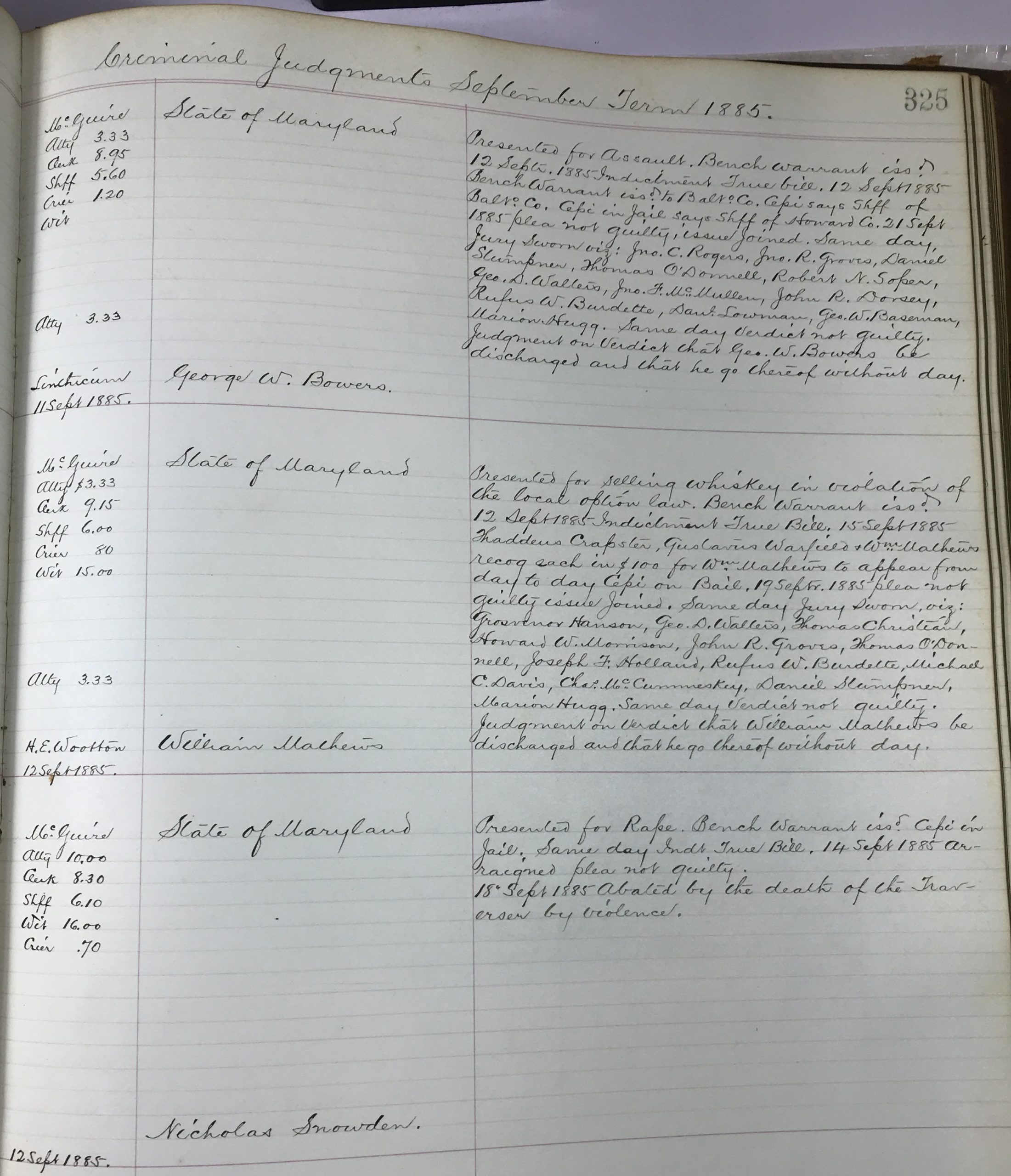
Also, I’m aware that some are commenting about his status as having been in the court system recently and previously. A look there reveals a recent case where his competency was questioned and answered. “Defendant Found Incompetent to Stand Trial.” Again I write…that changes things for me. Does it for YOU?
P.S. those asking about supporting us…we welcome community volunteers and donations! You can donate by texting
HOCOBLKHISTORYRESEARCH to number 44-321
